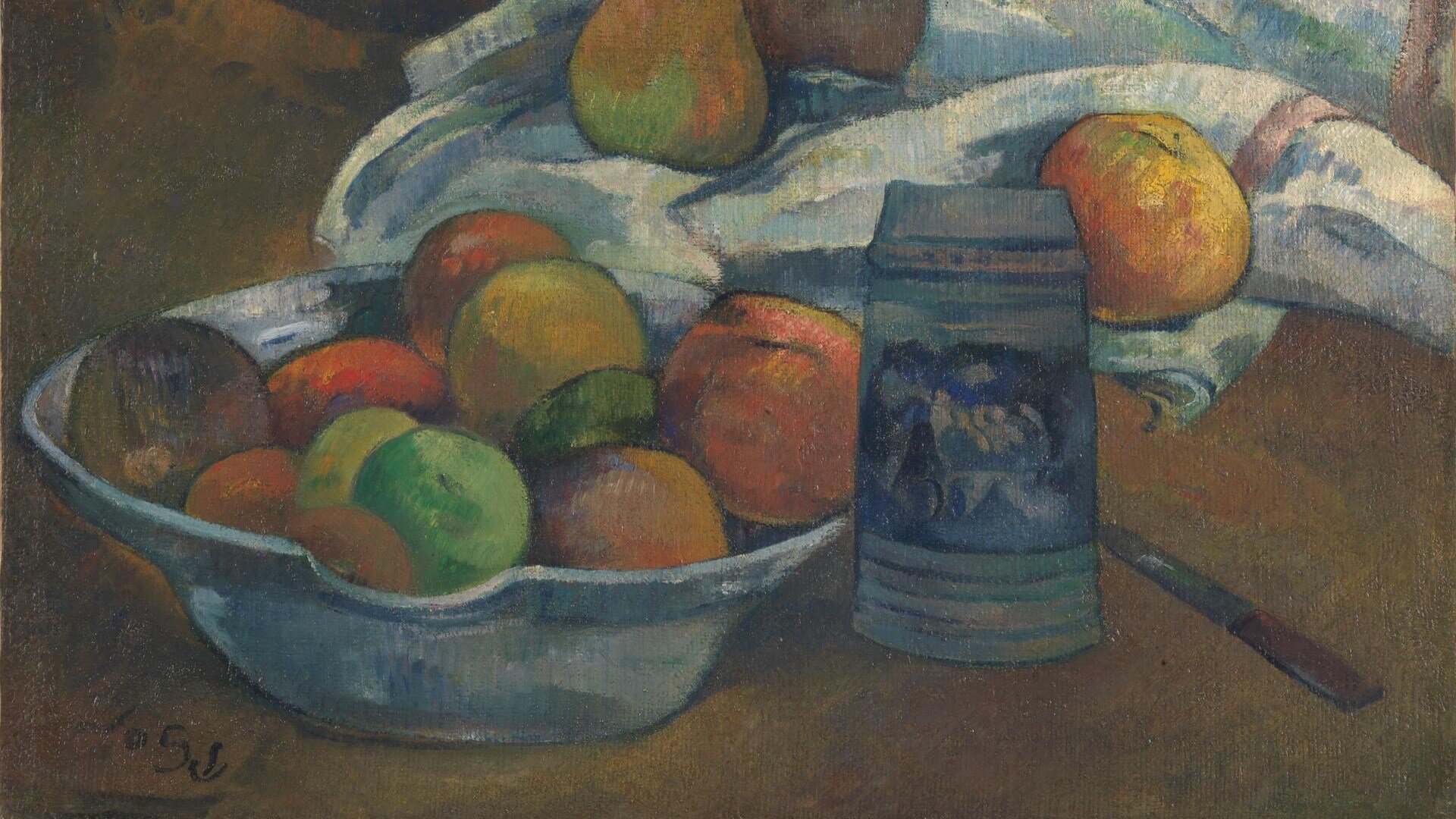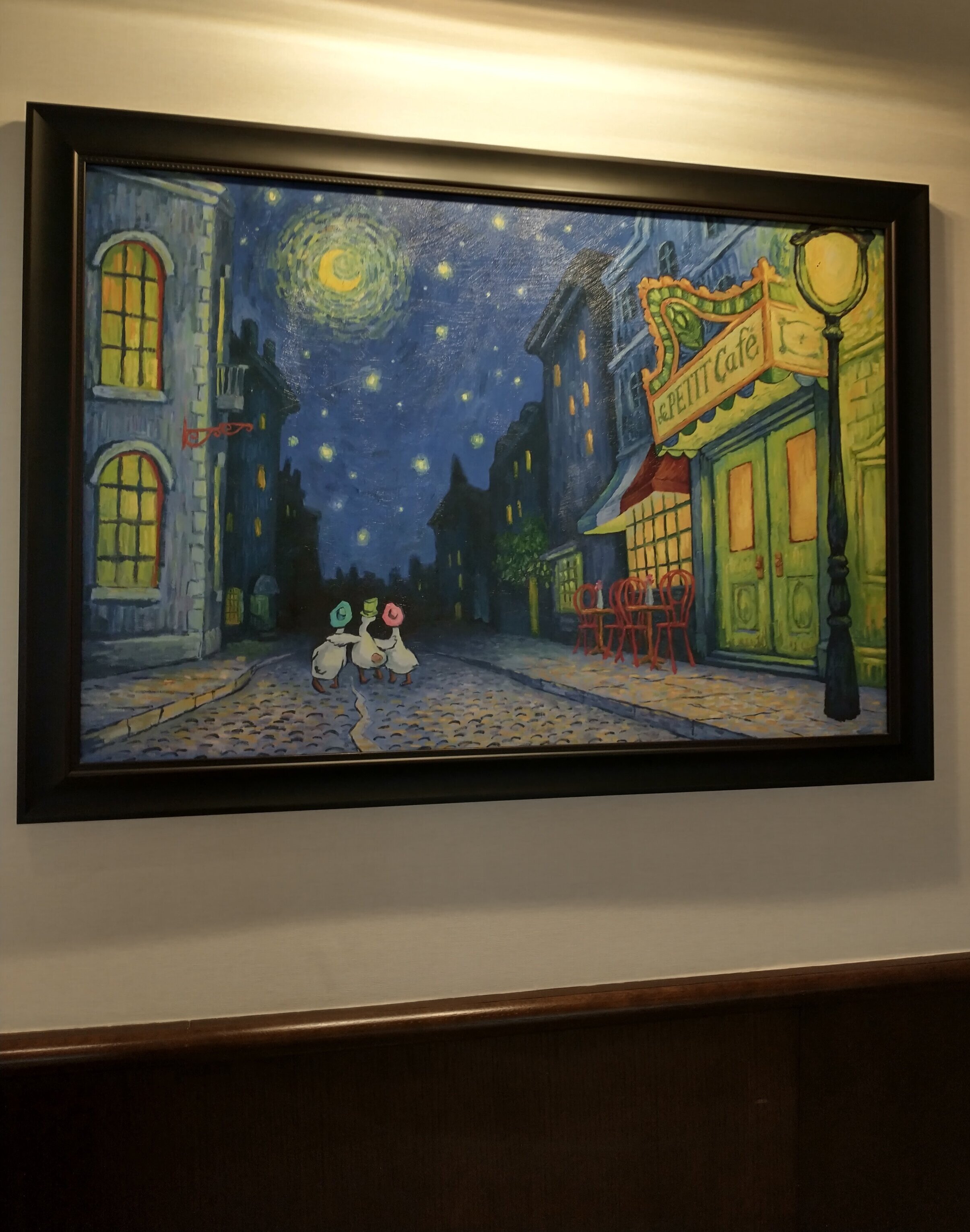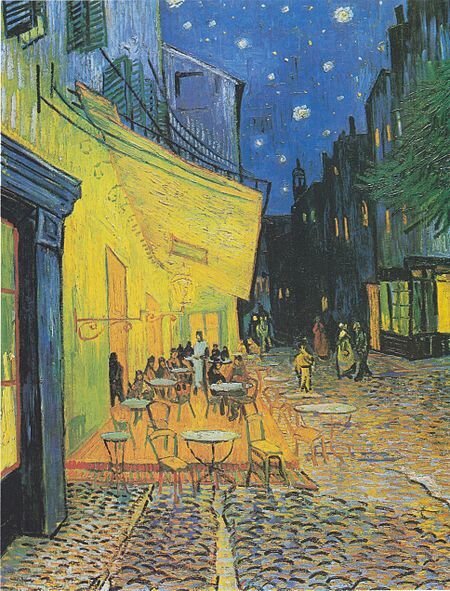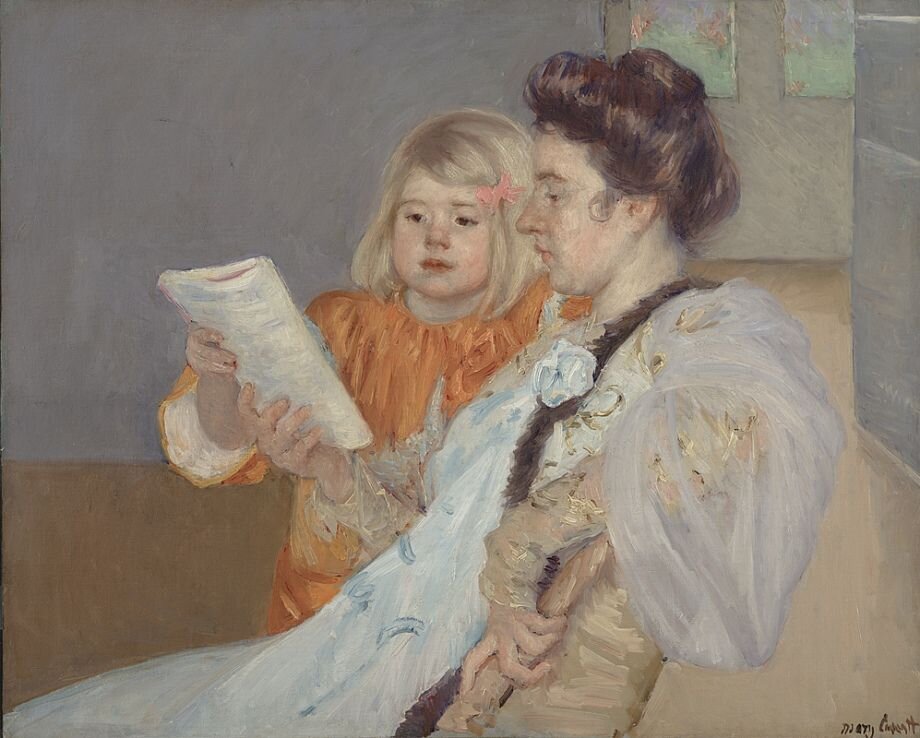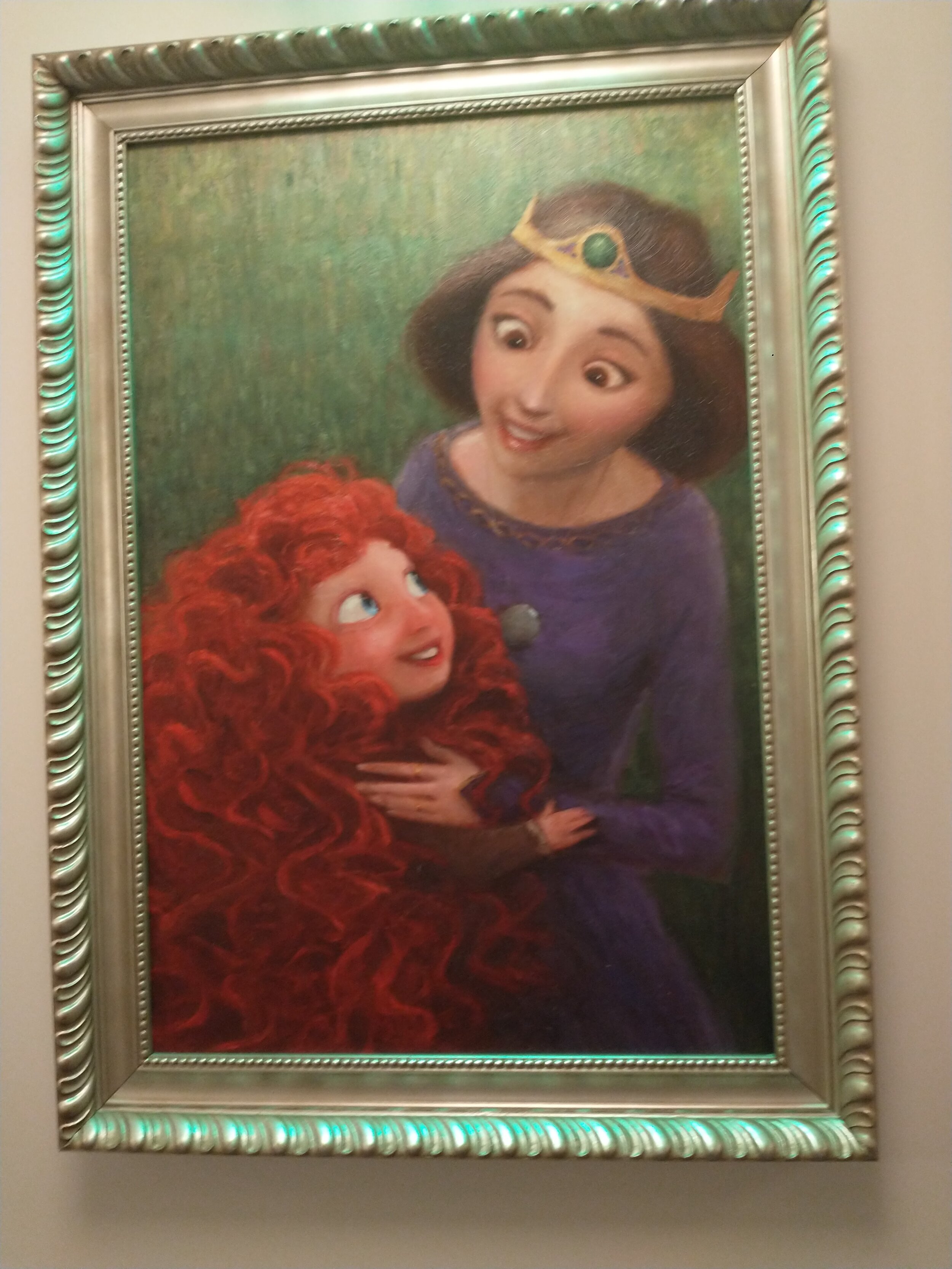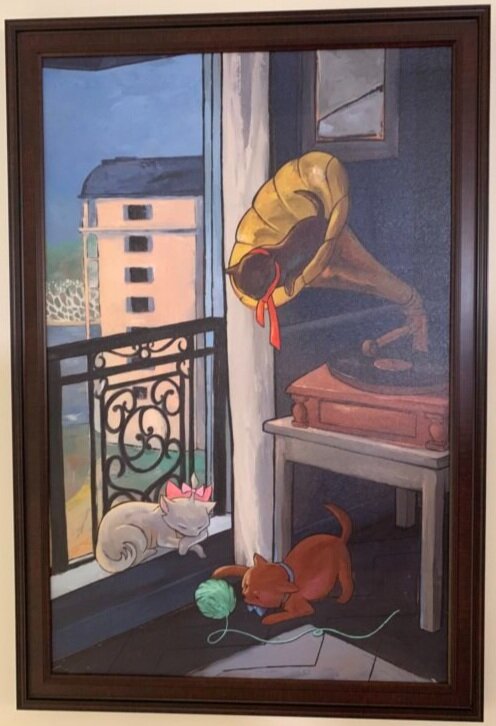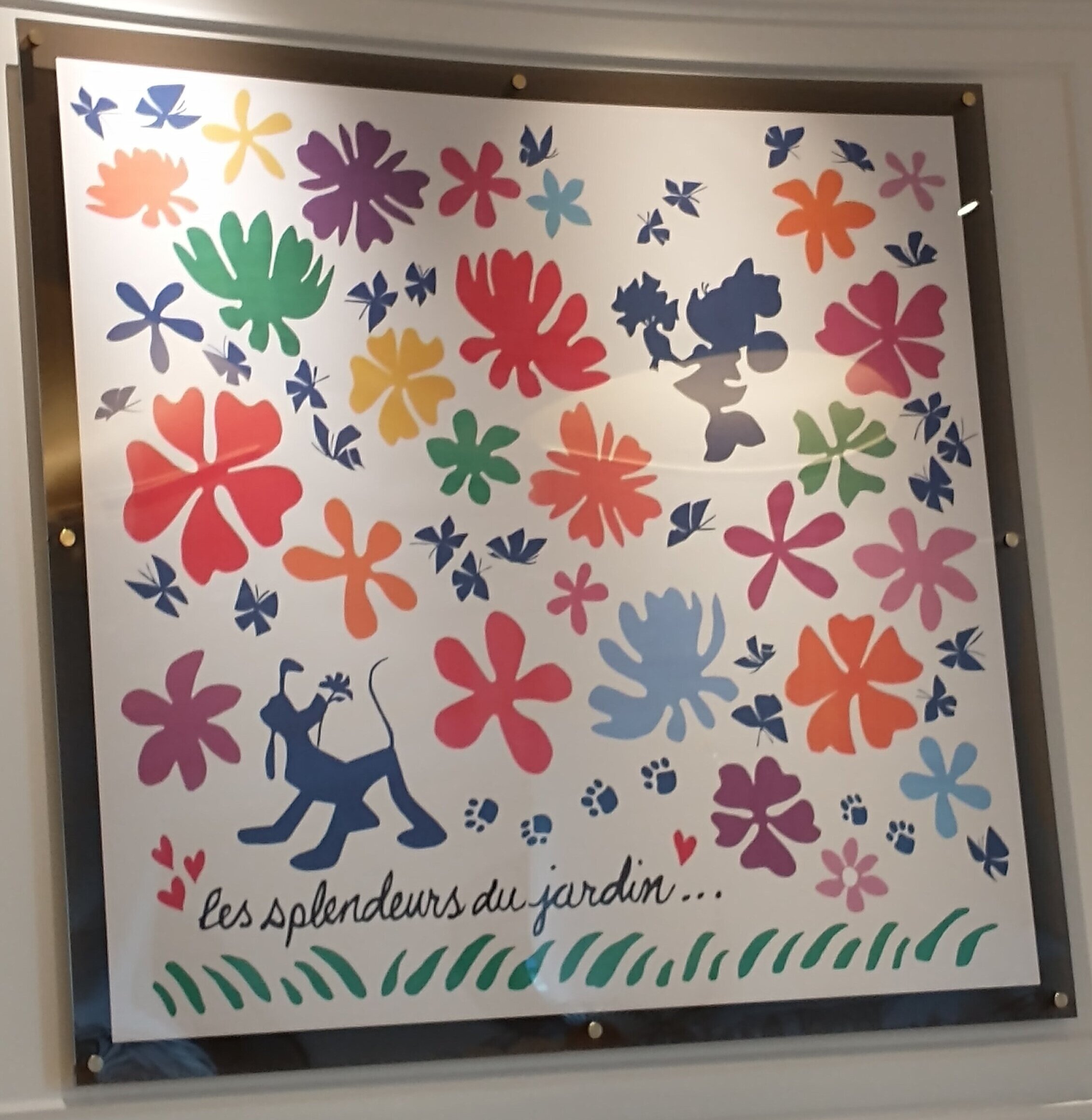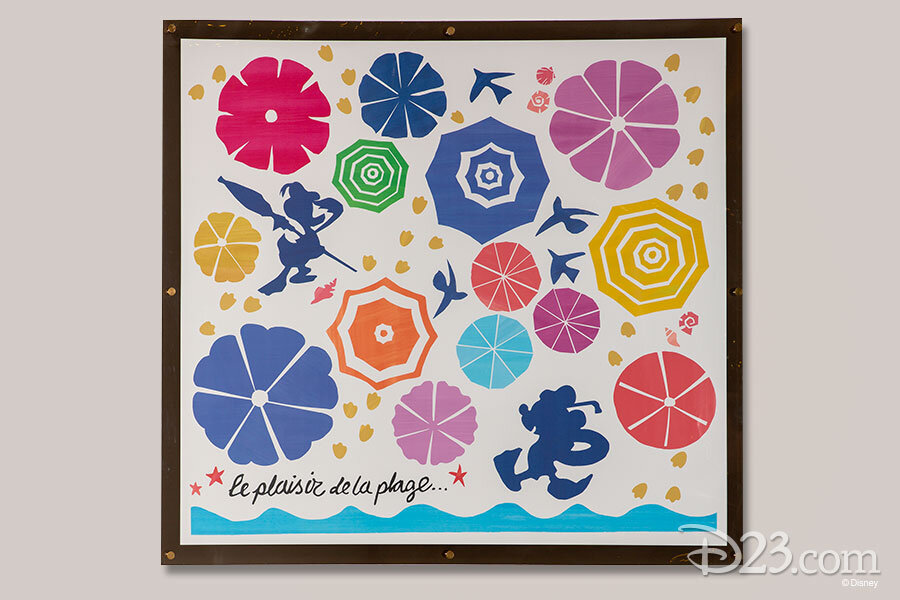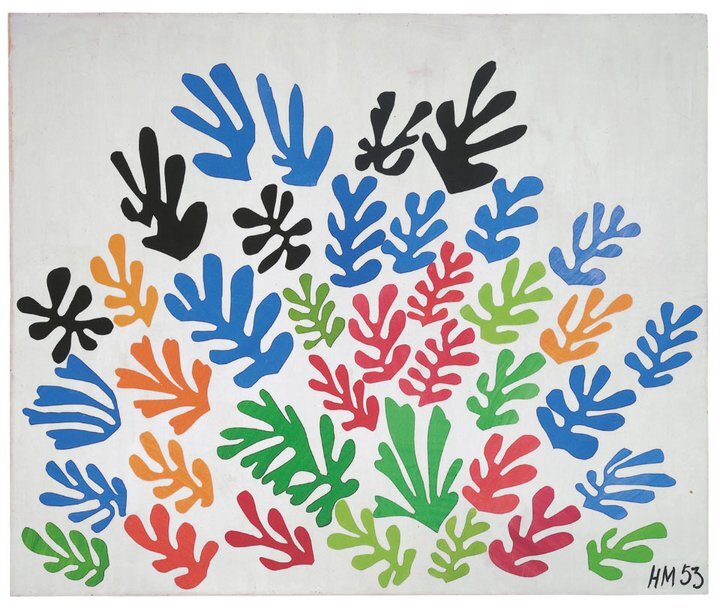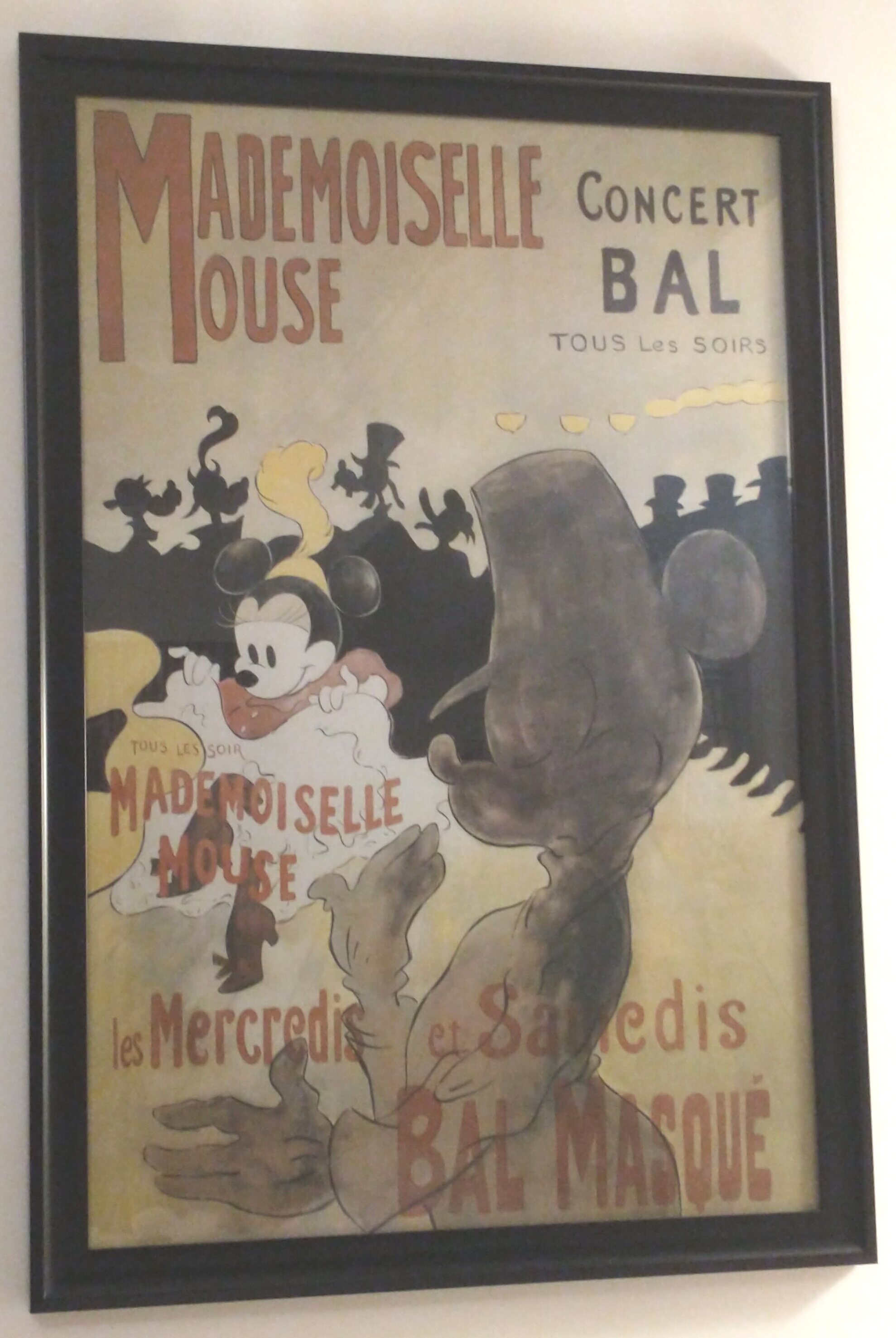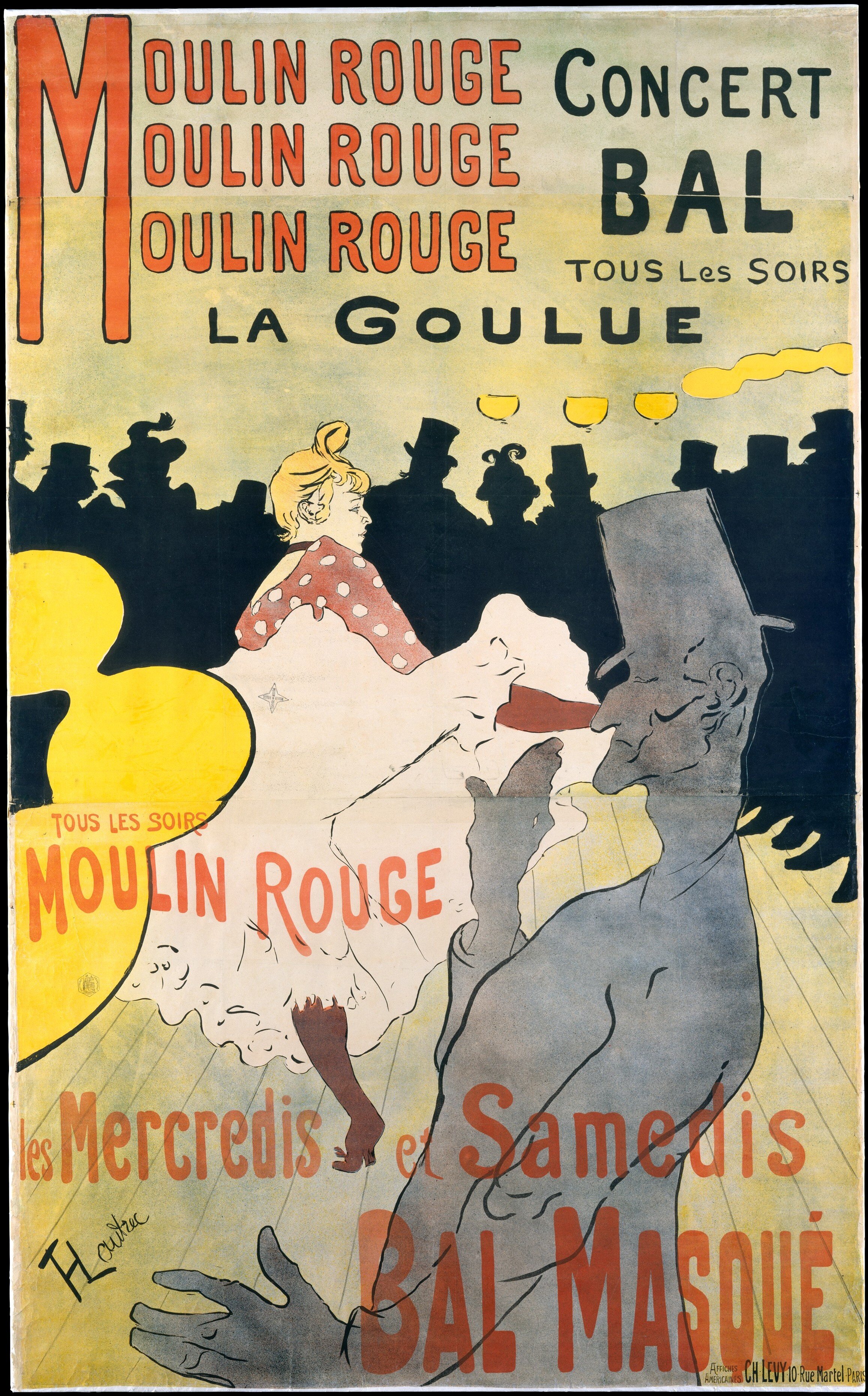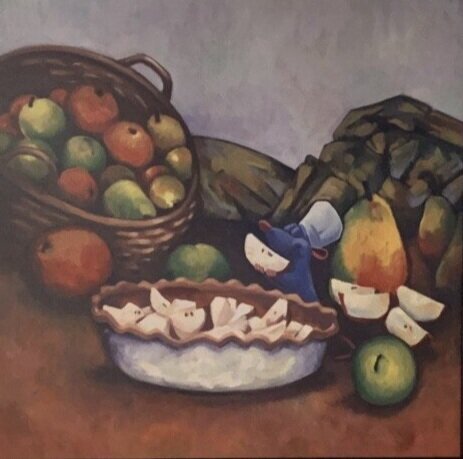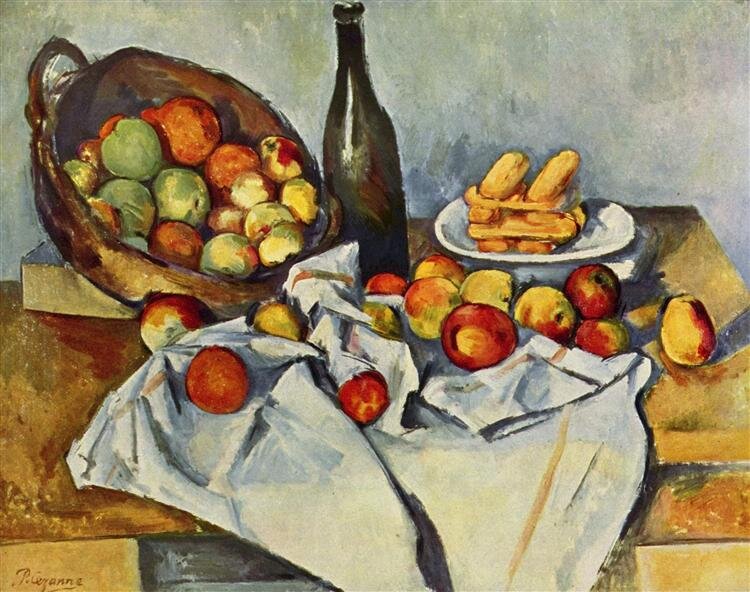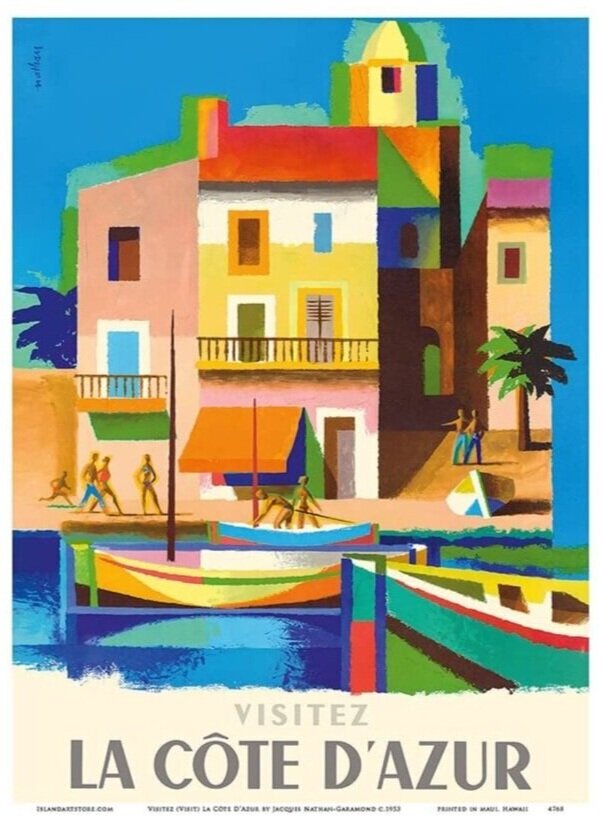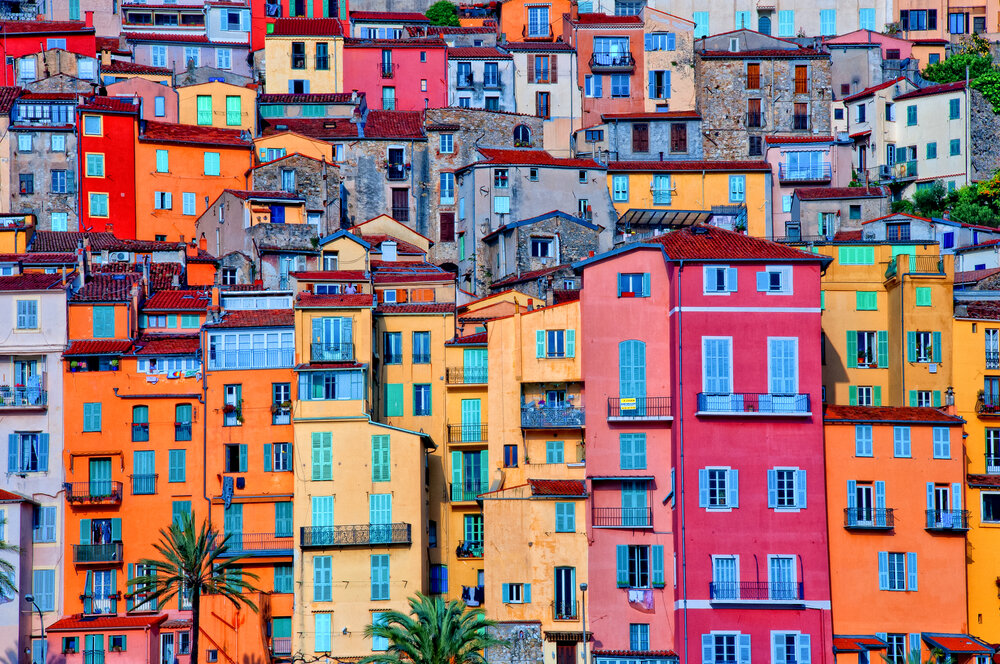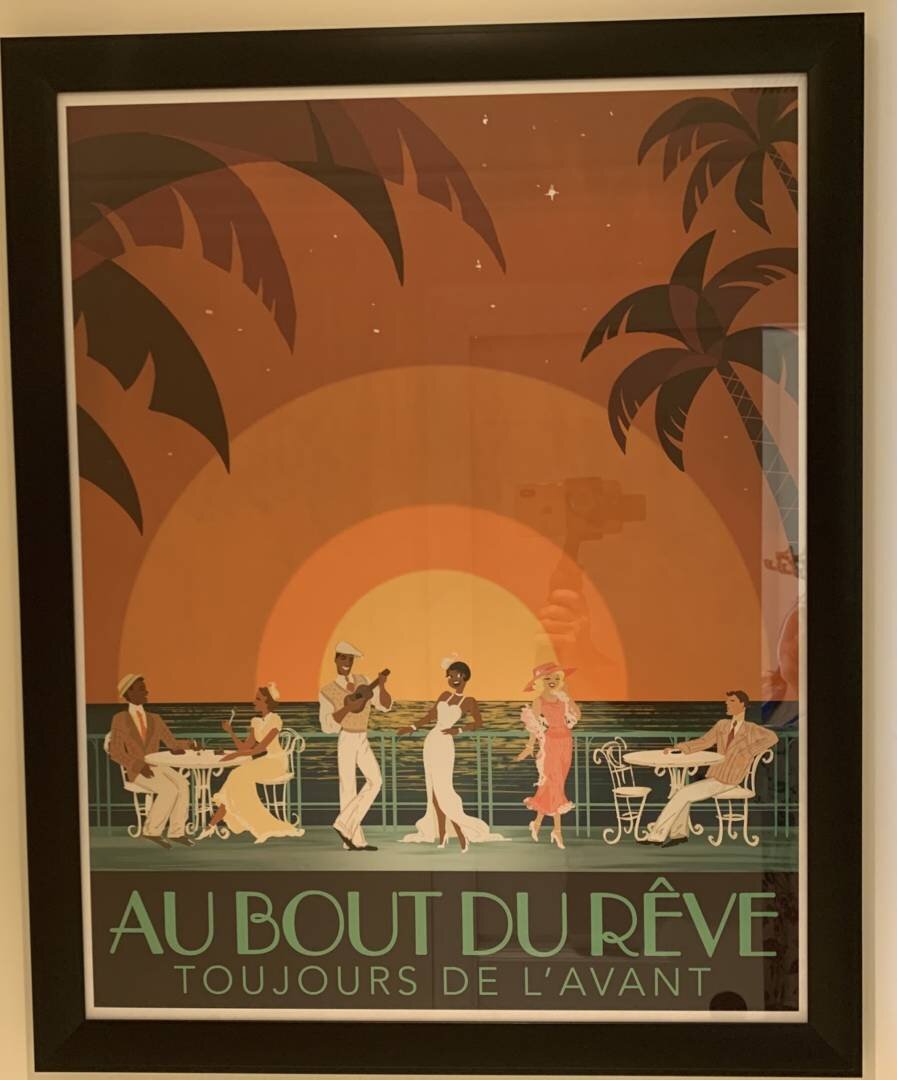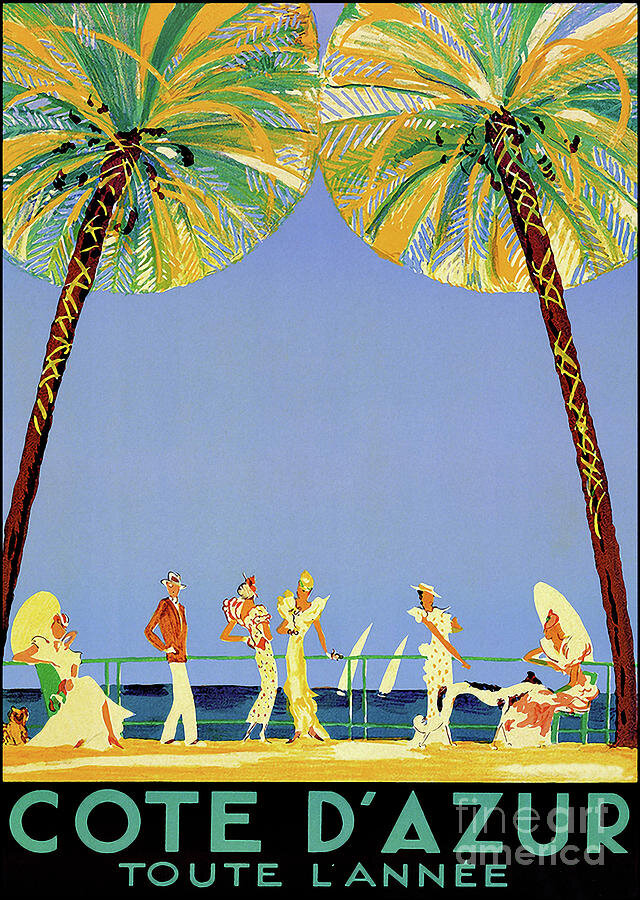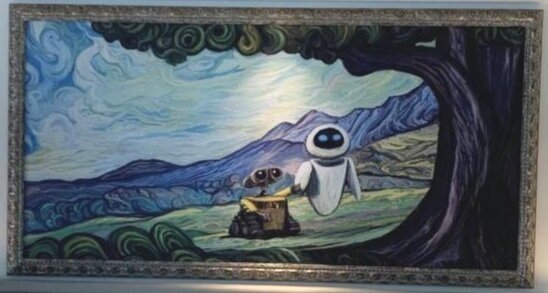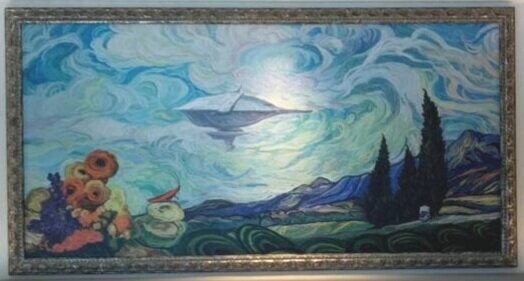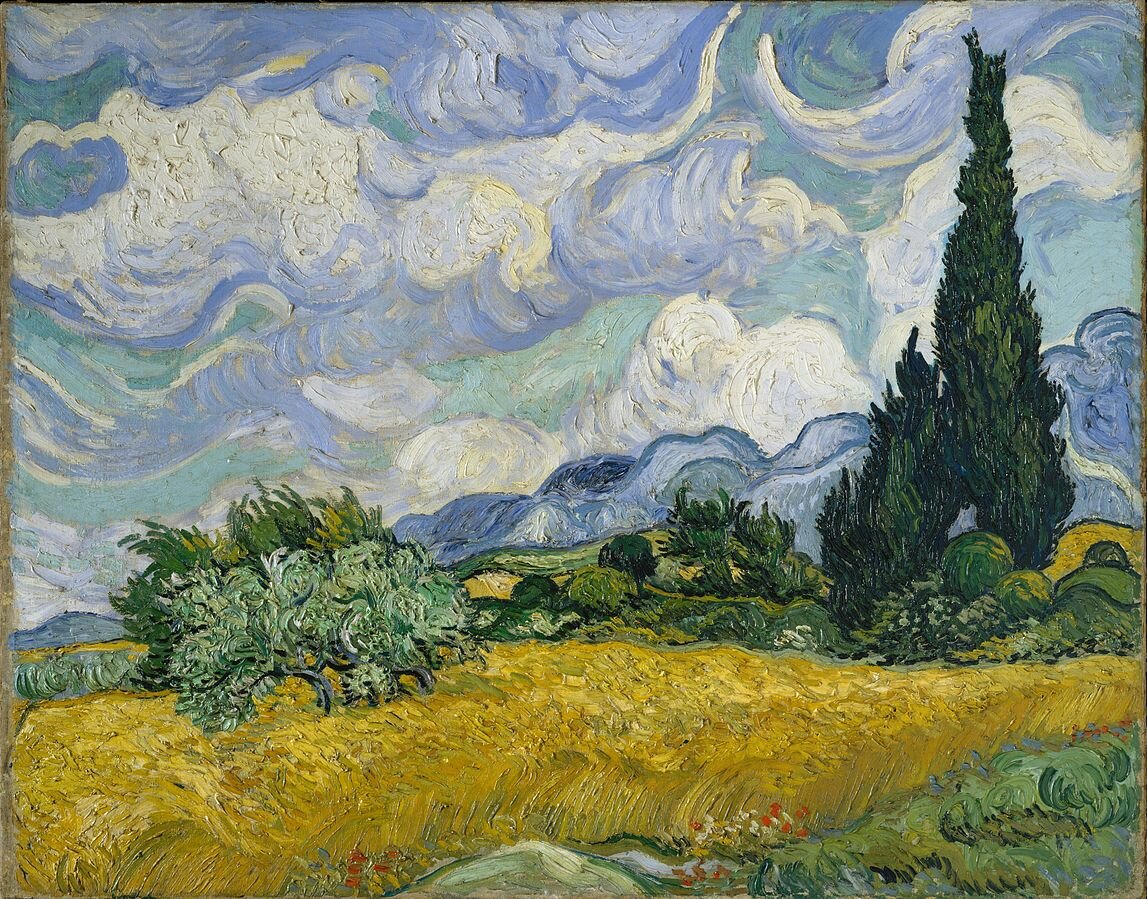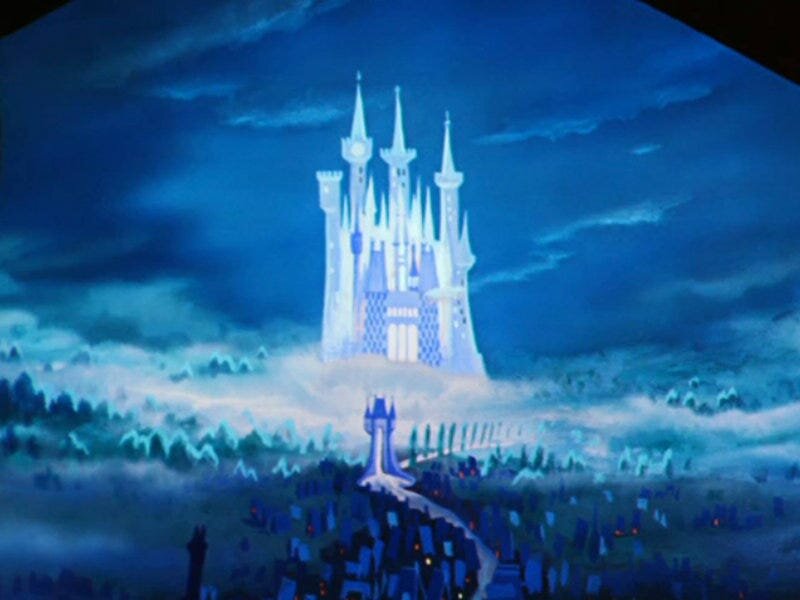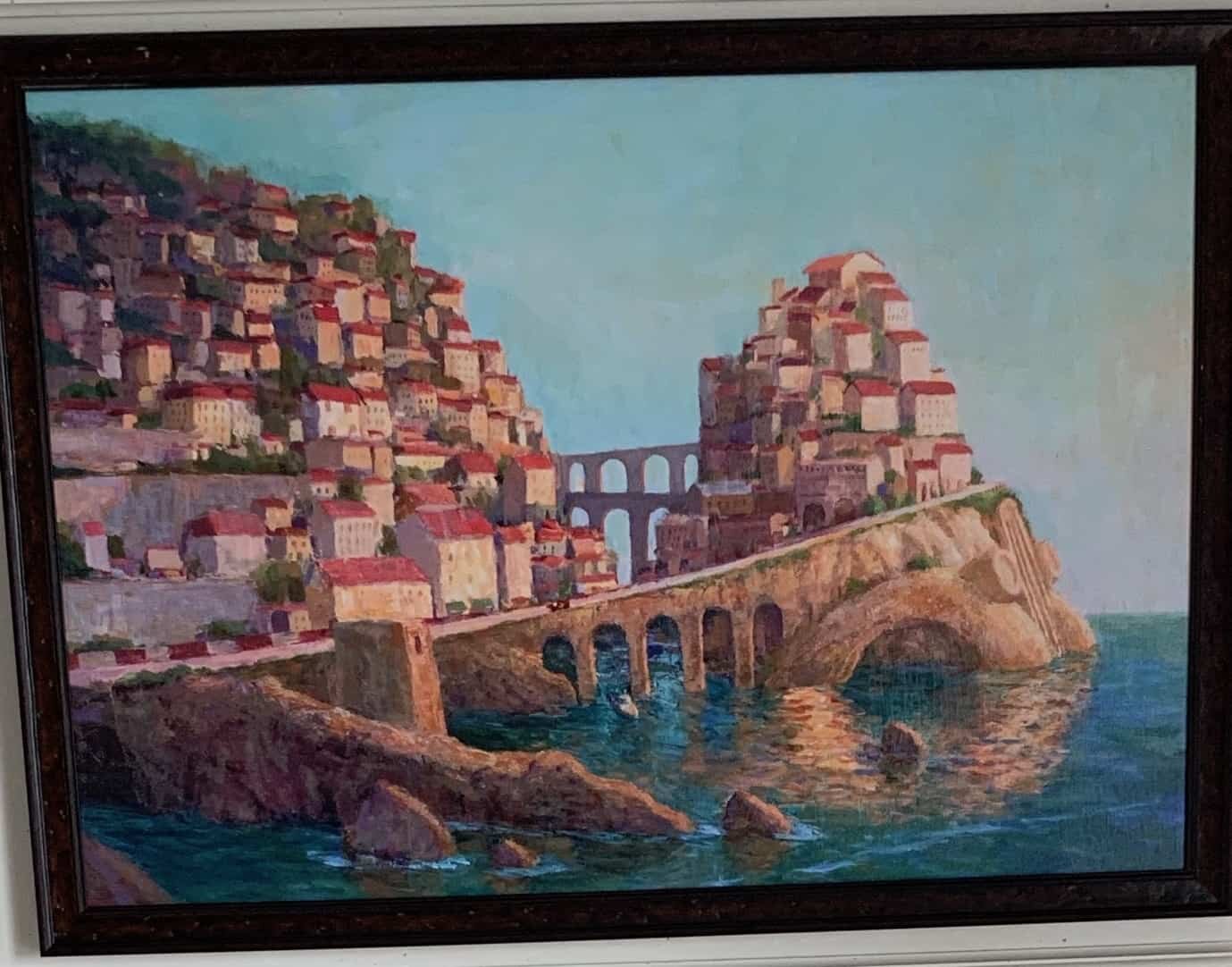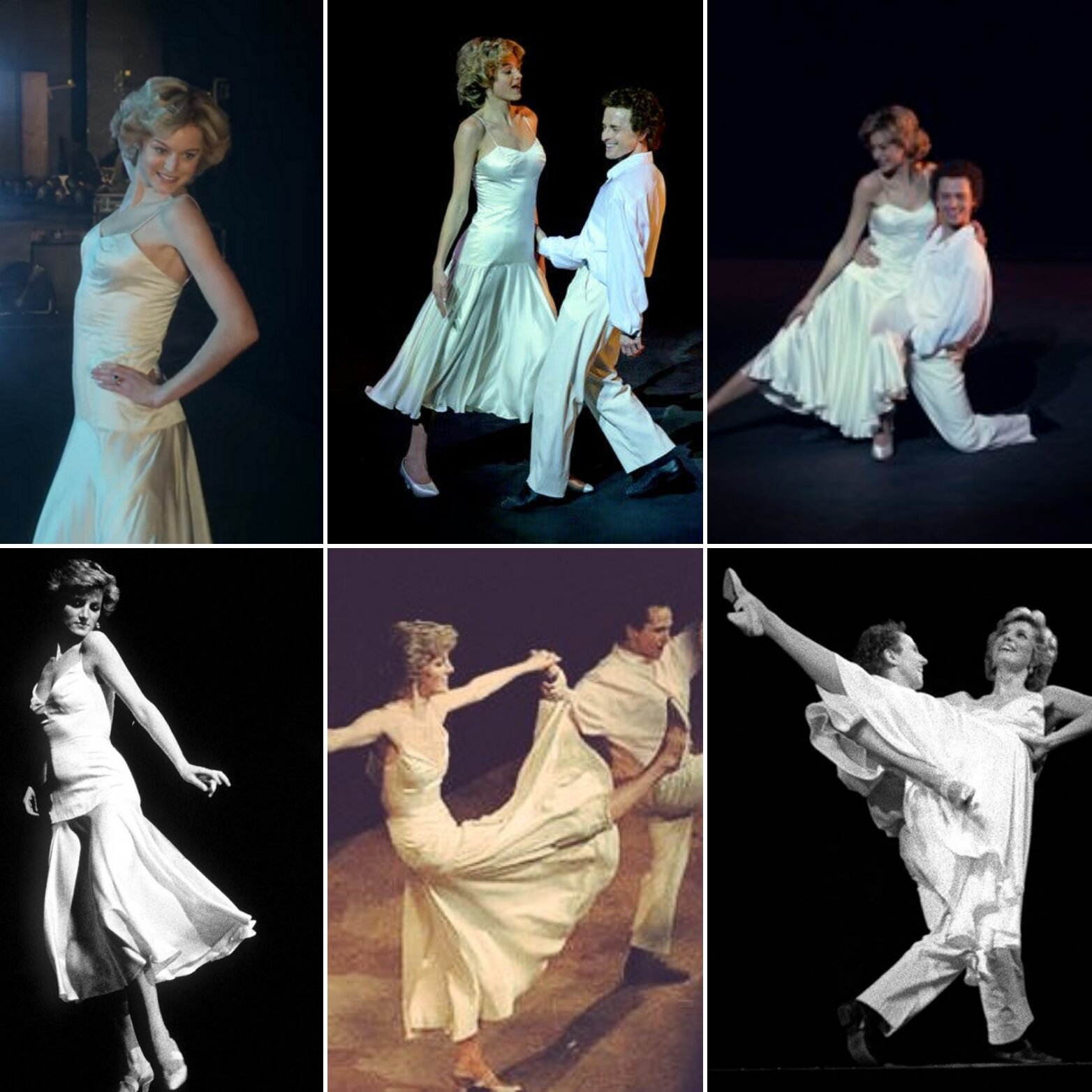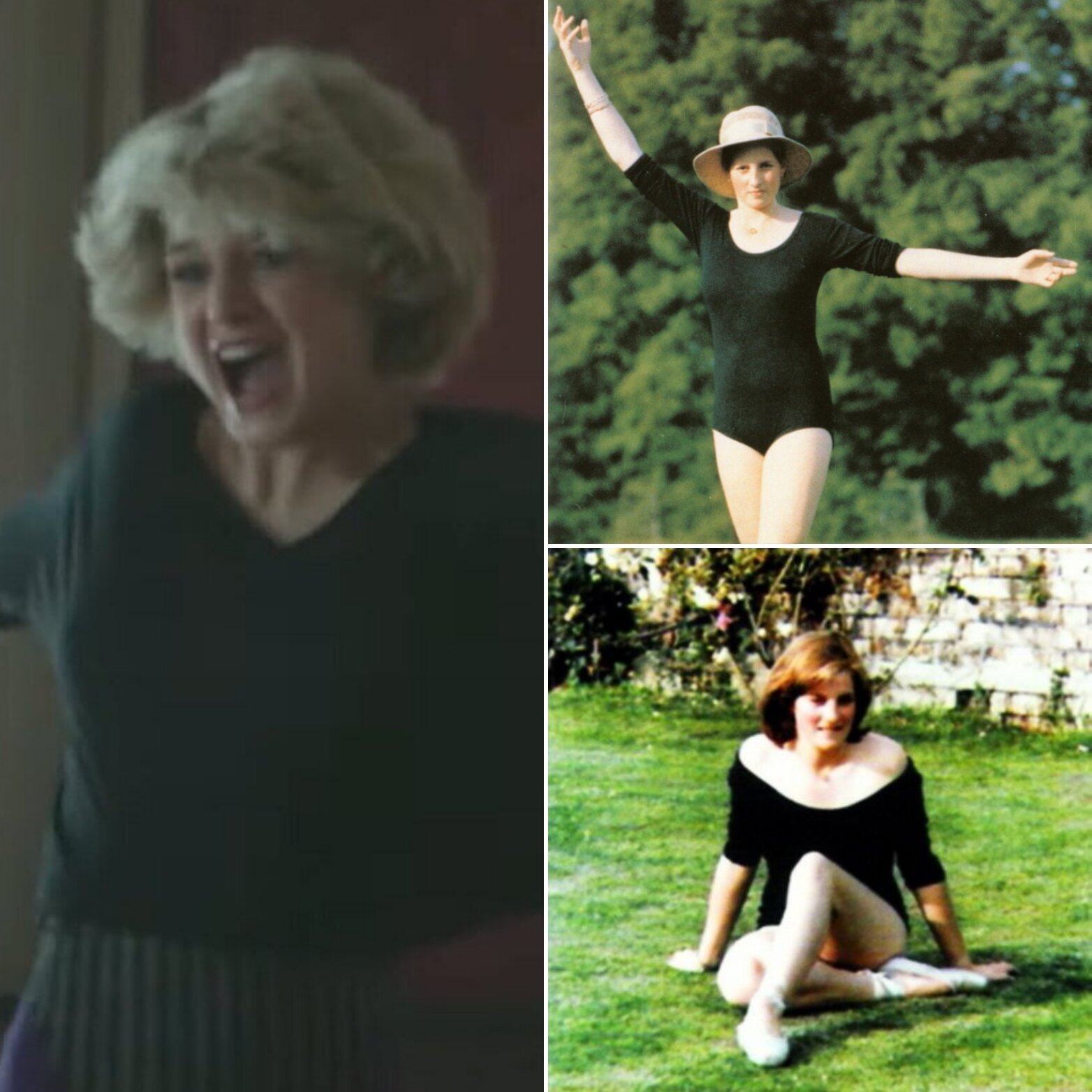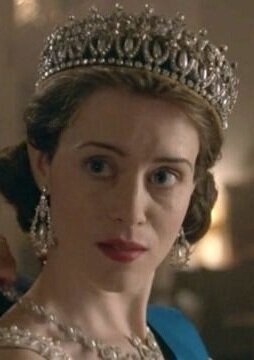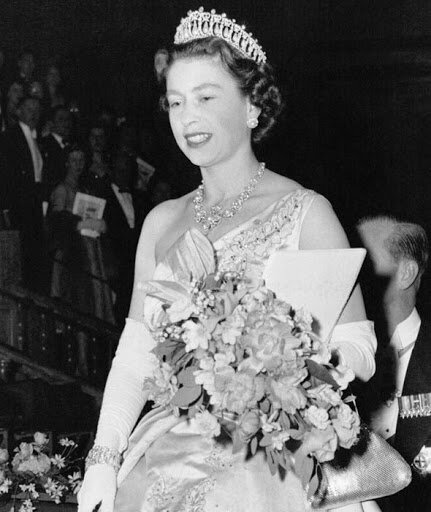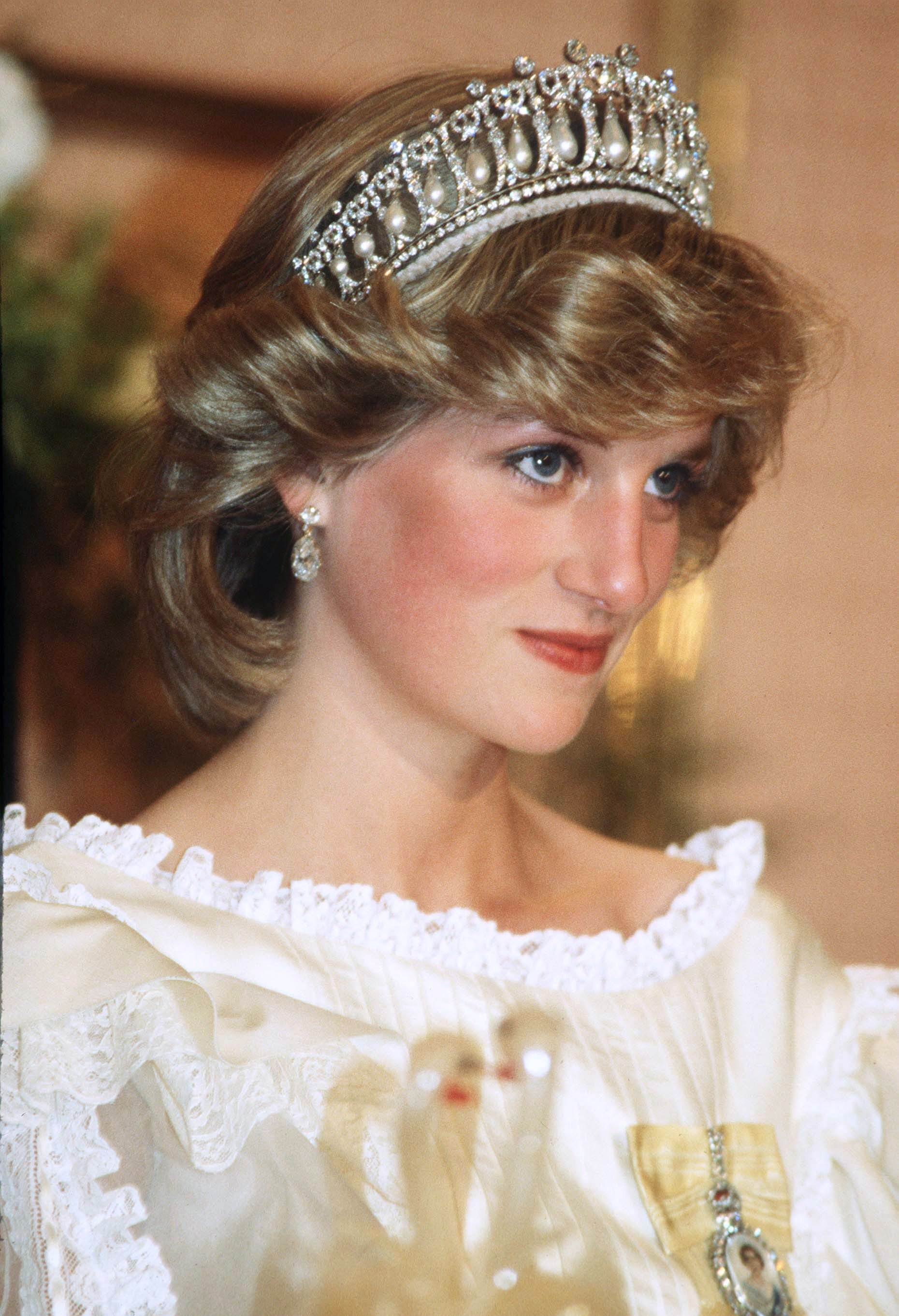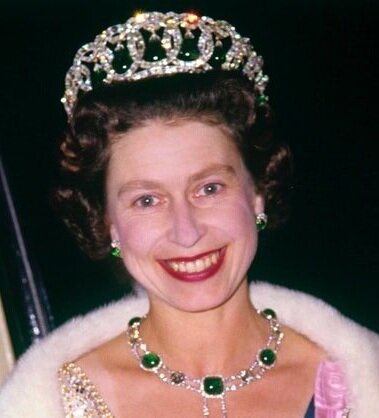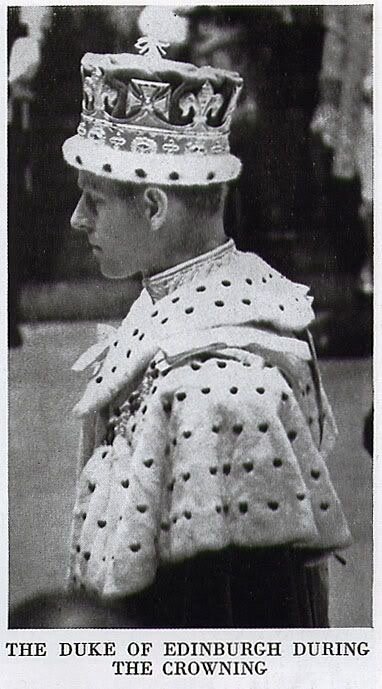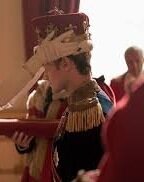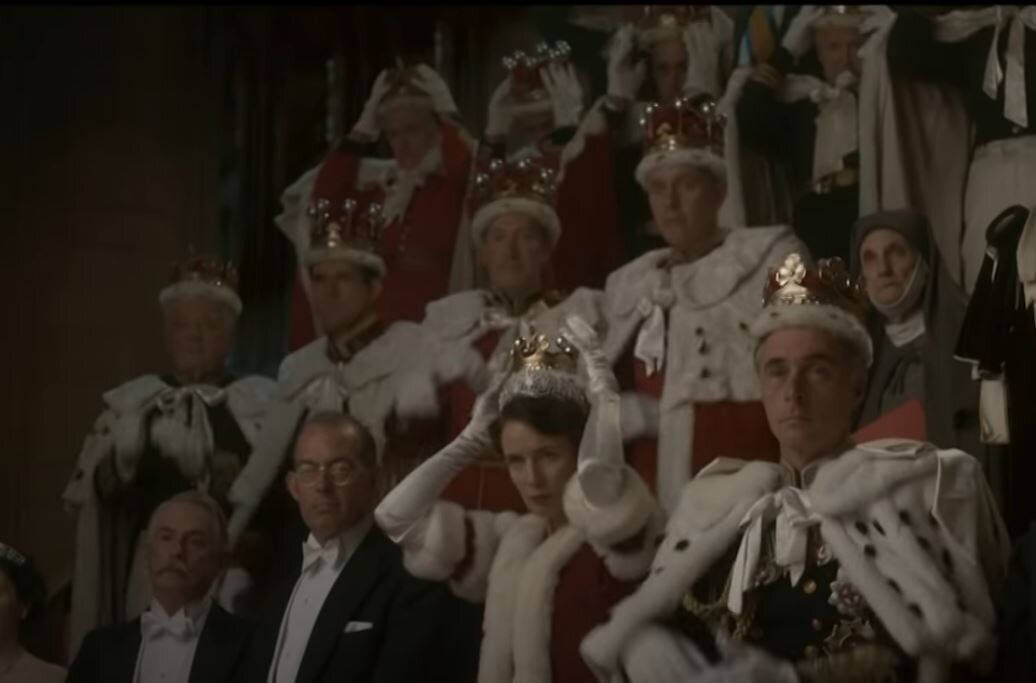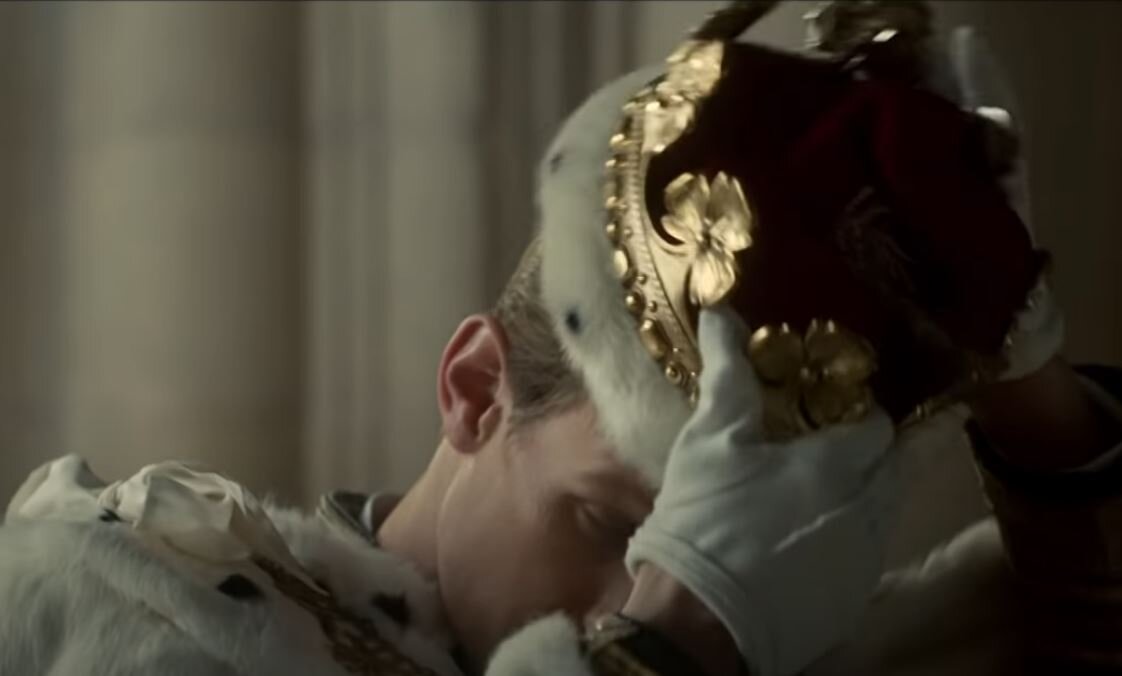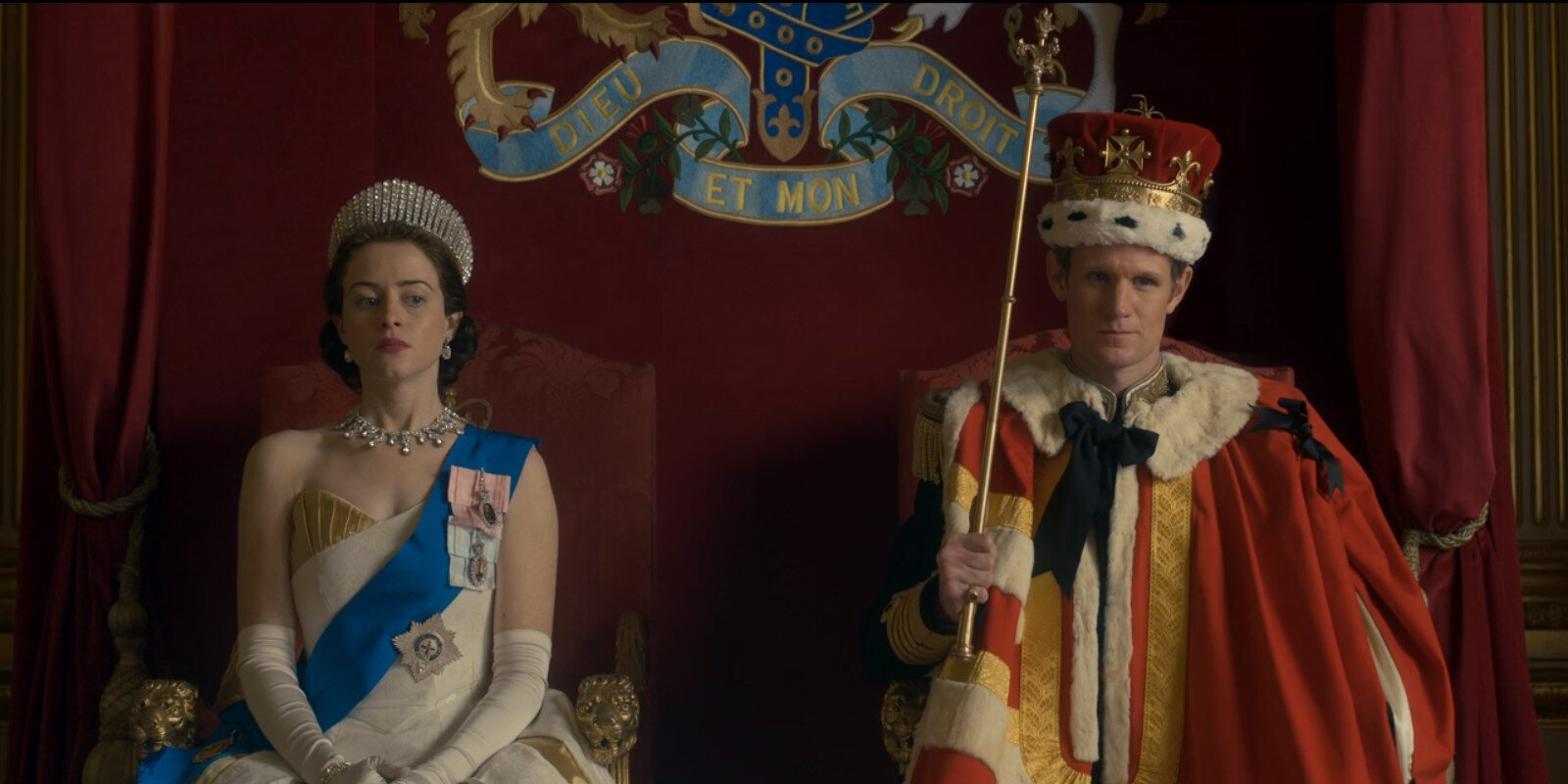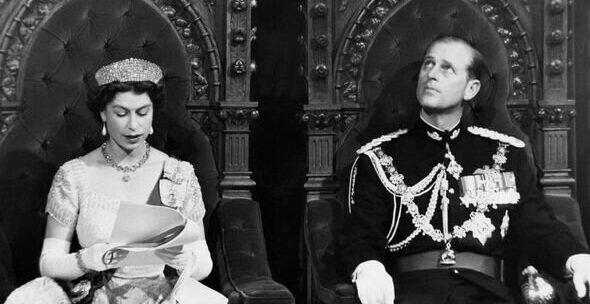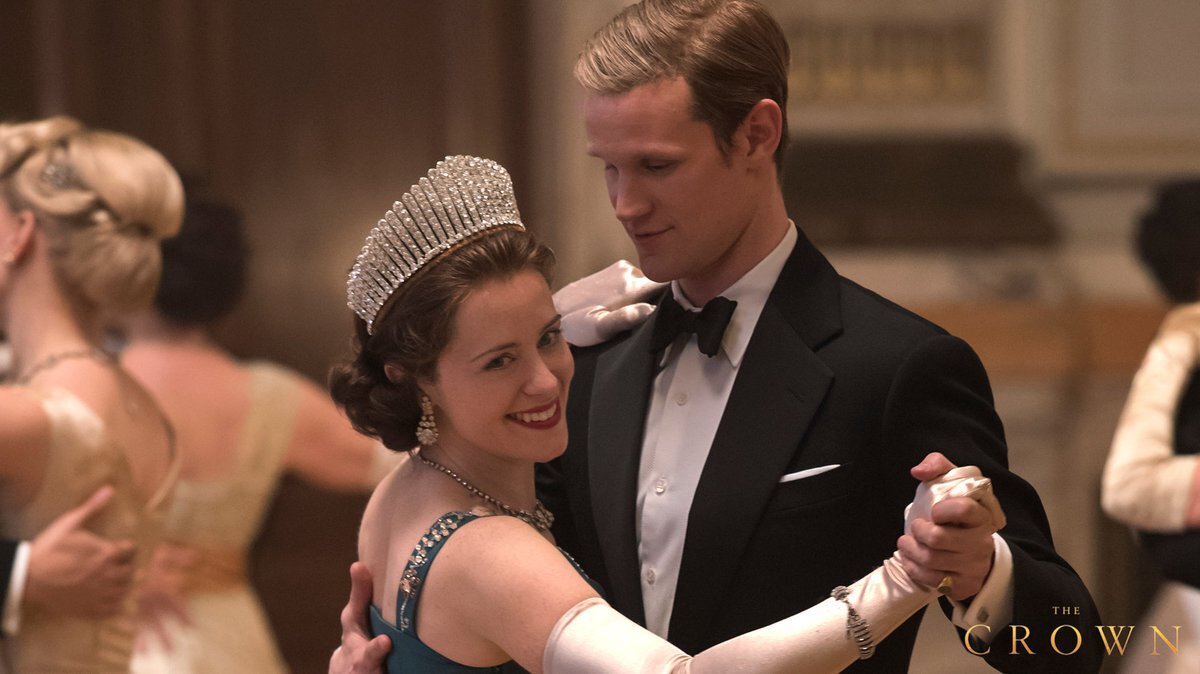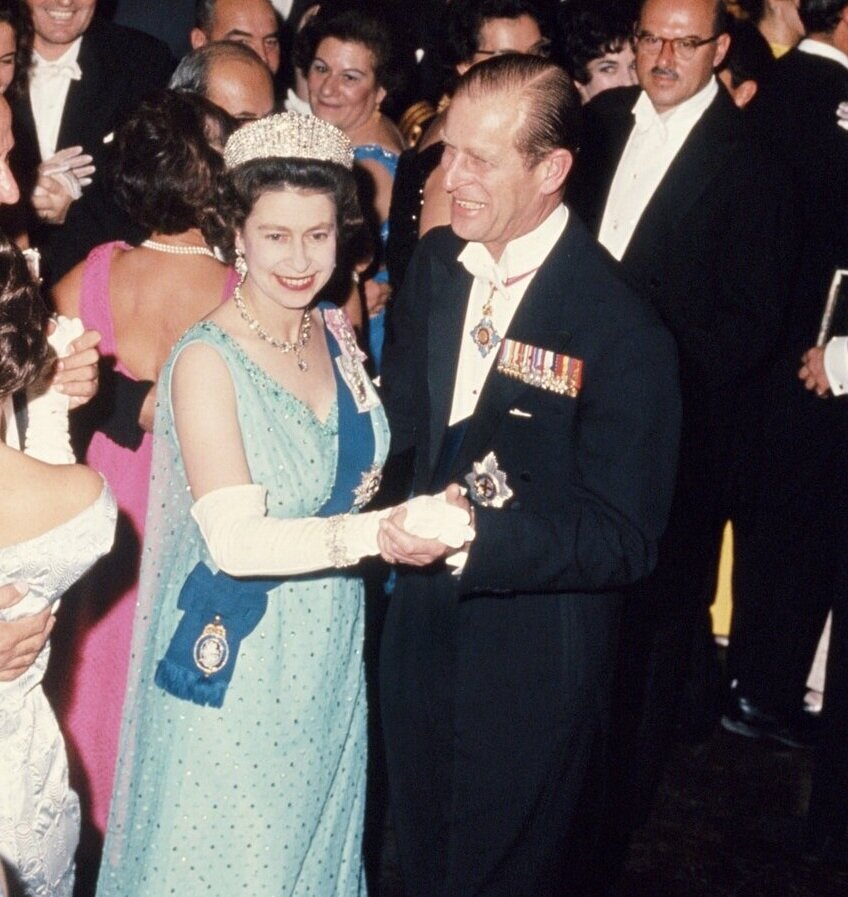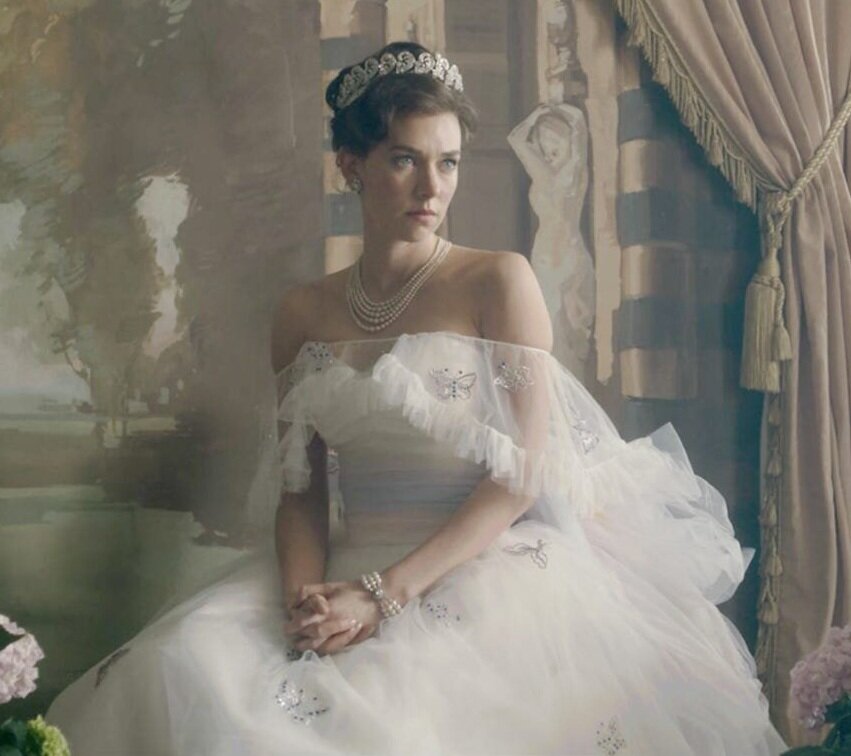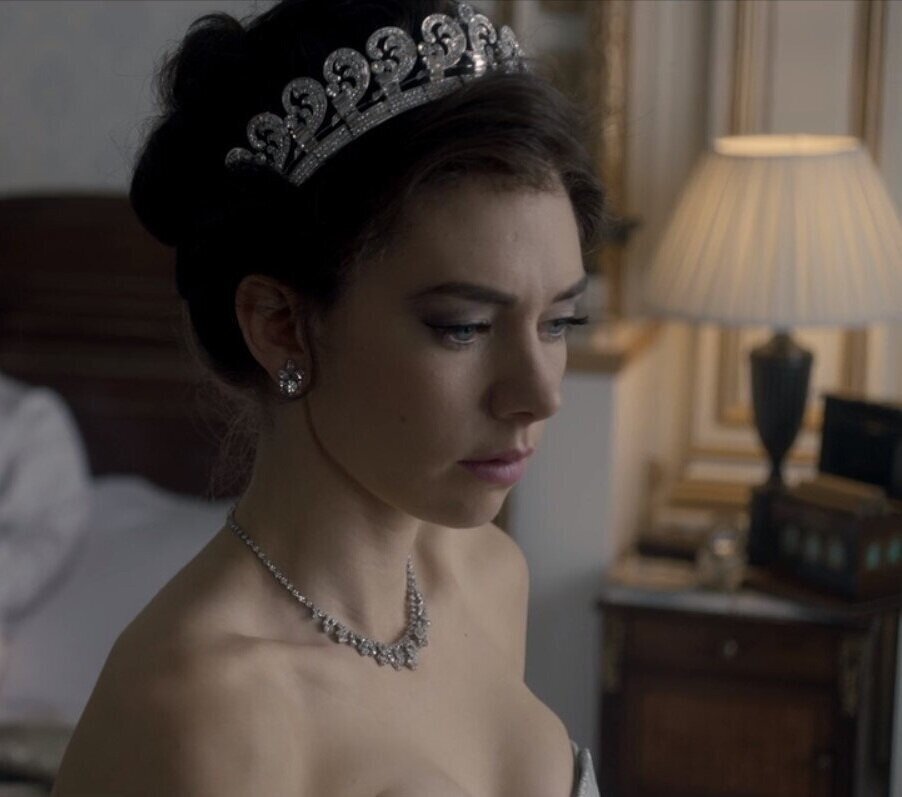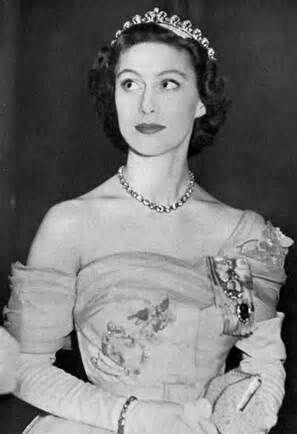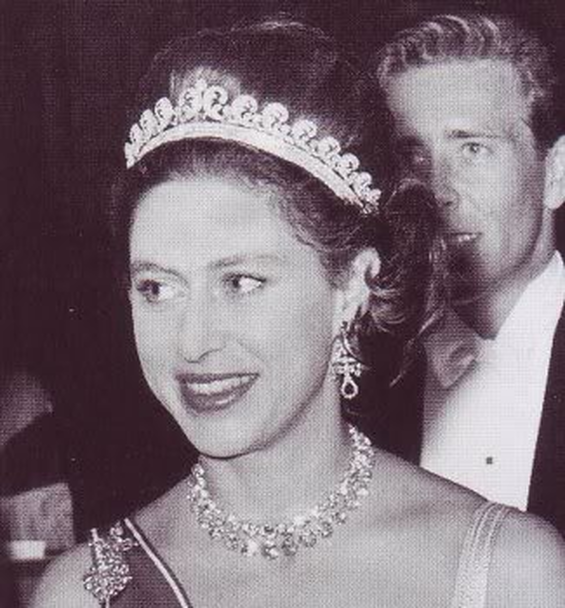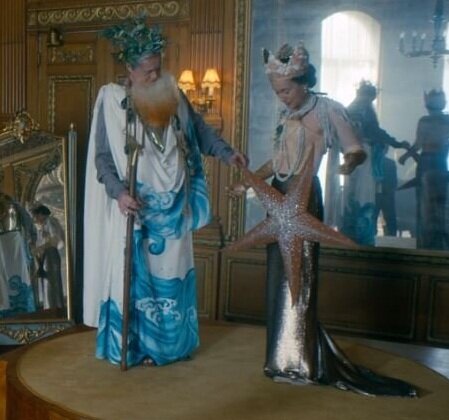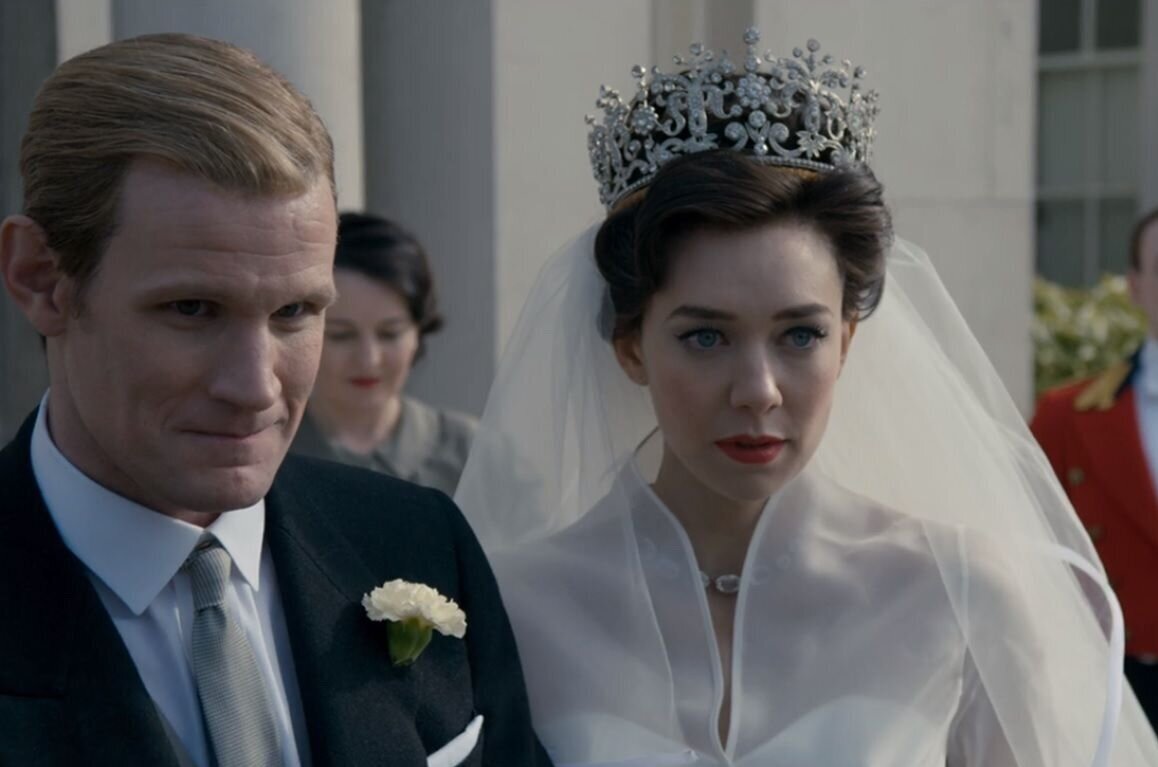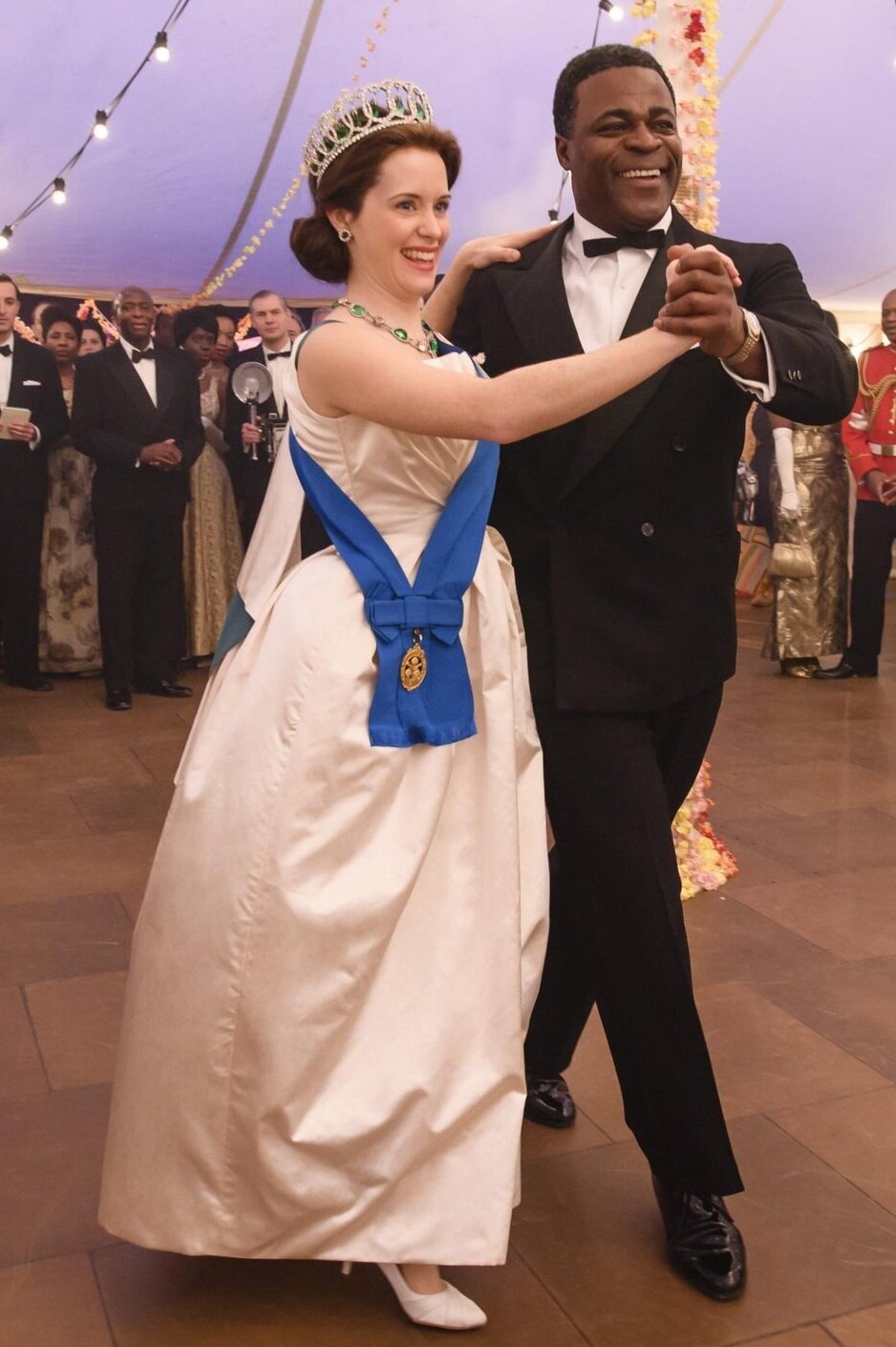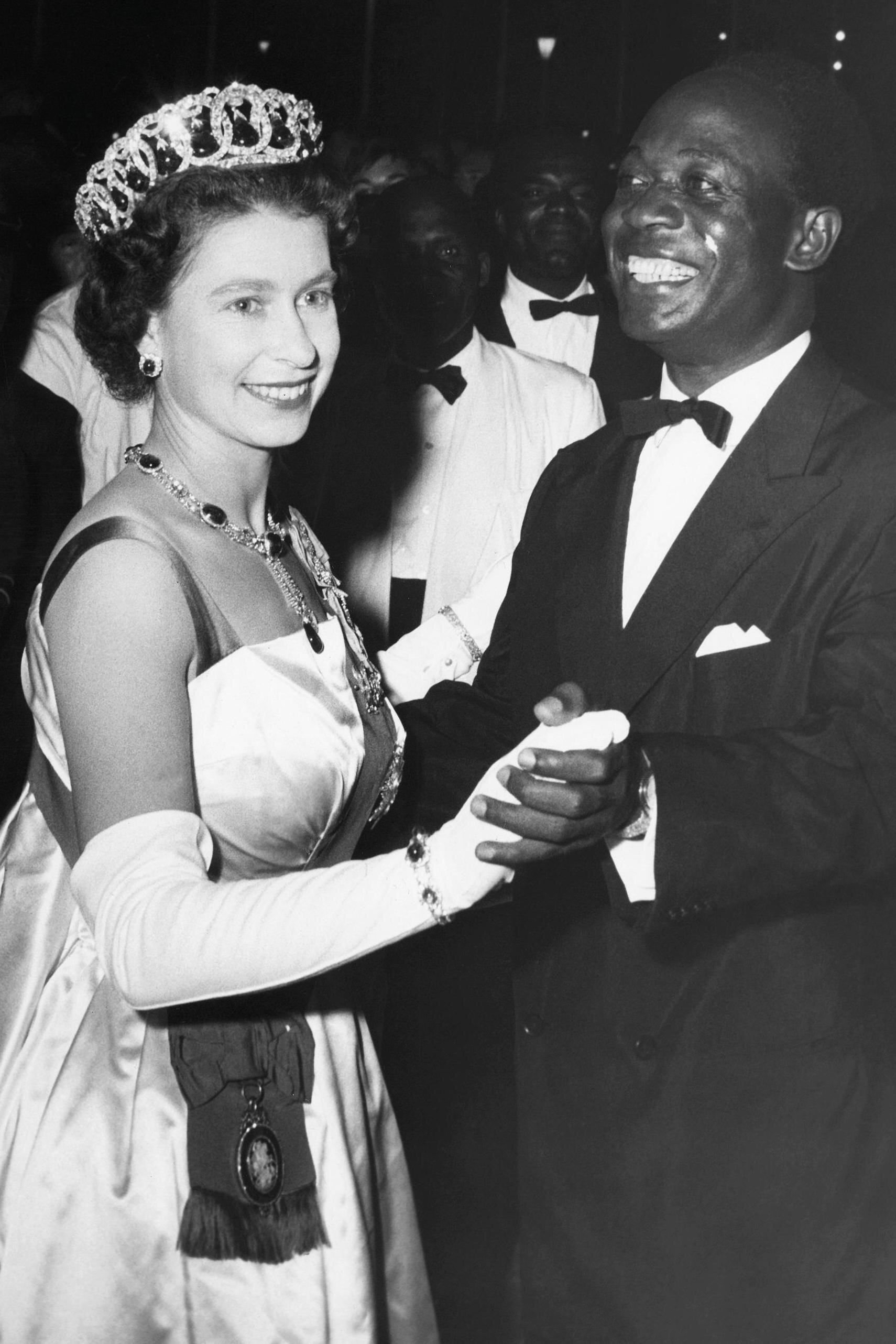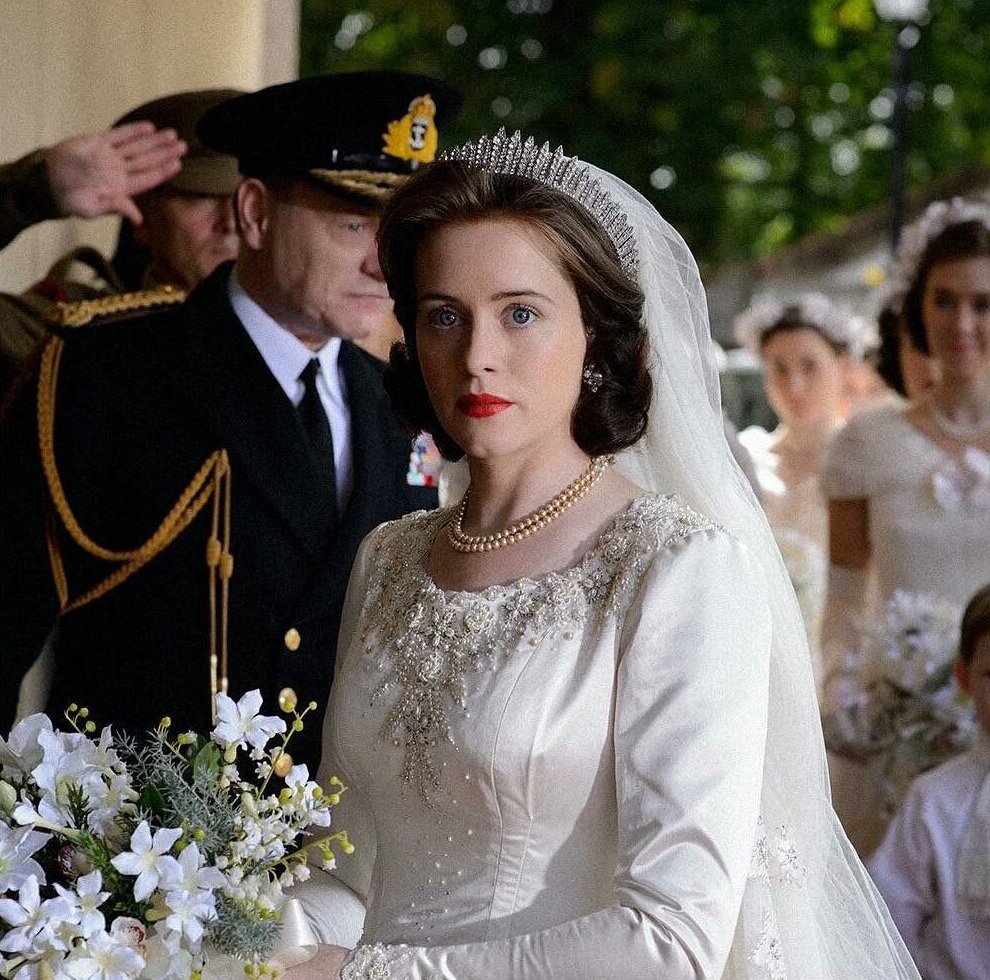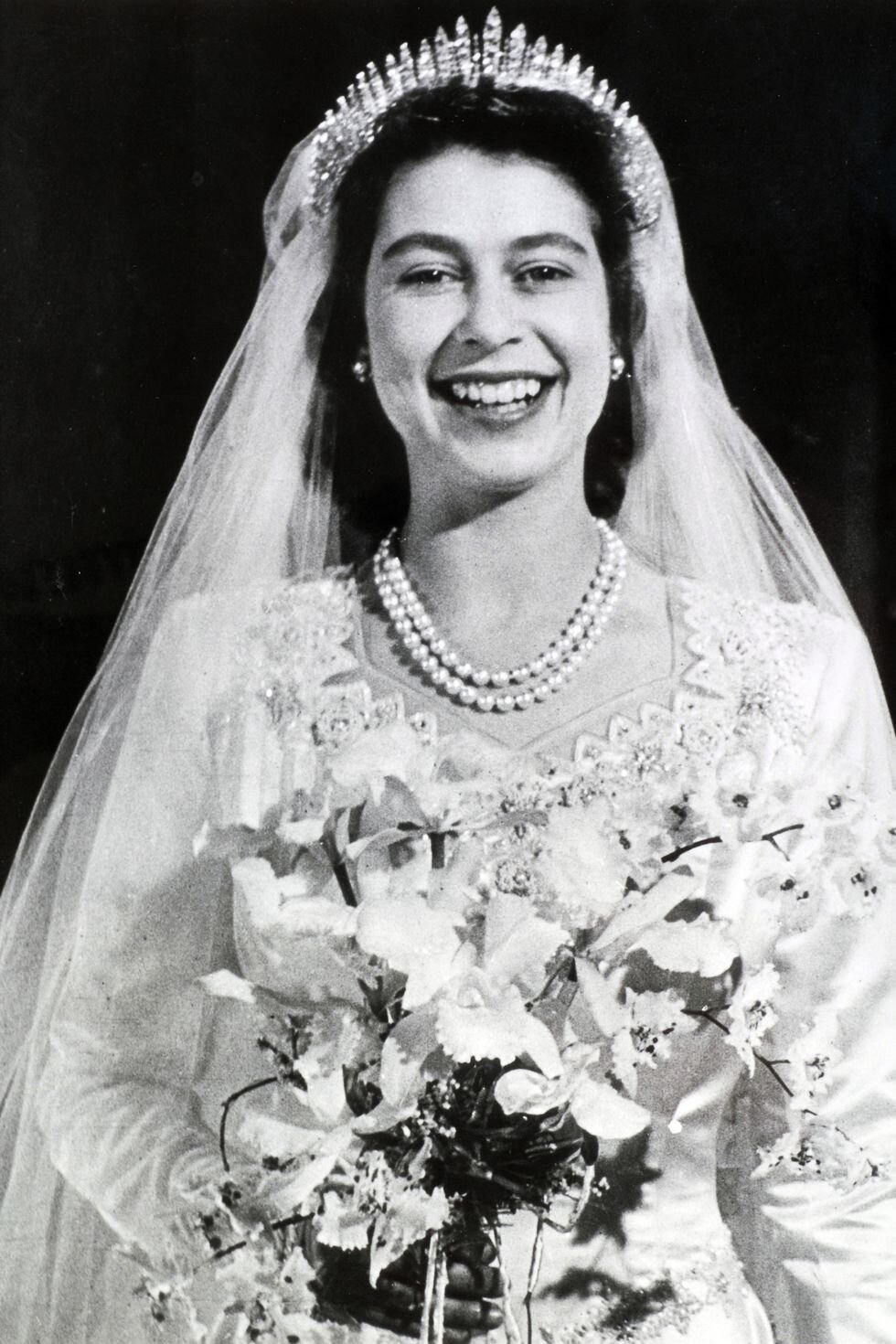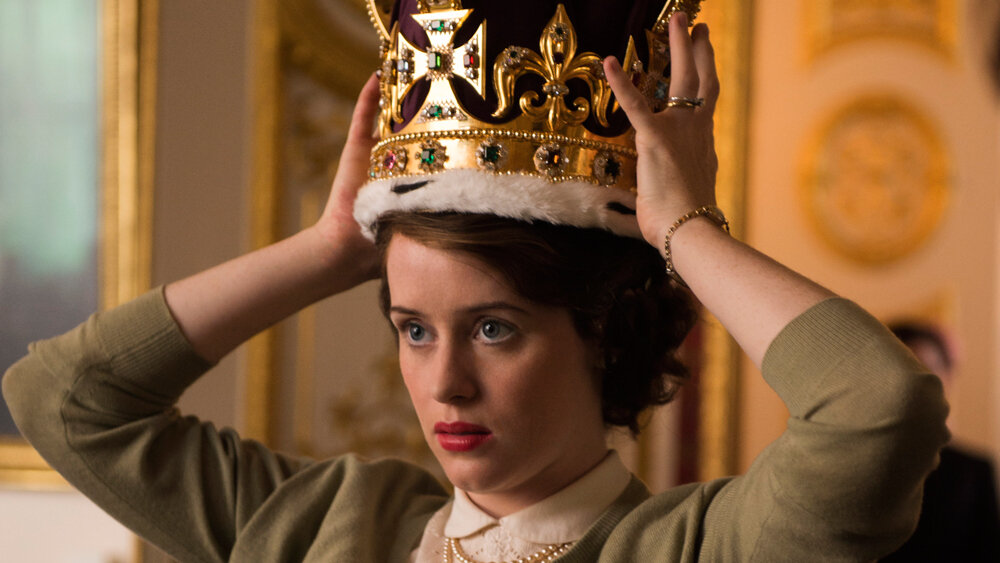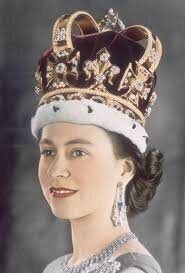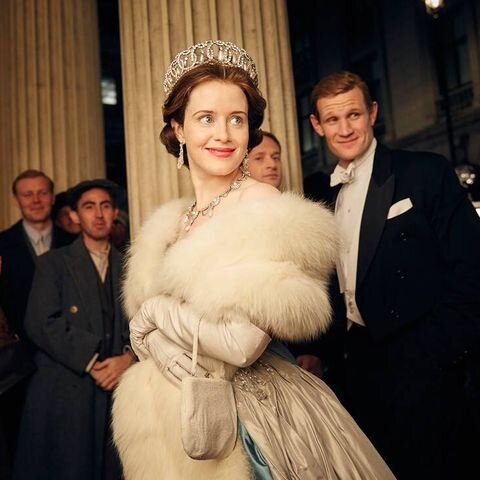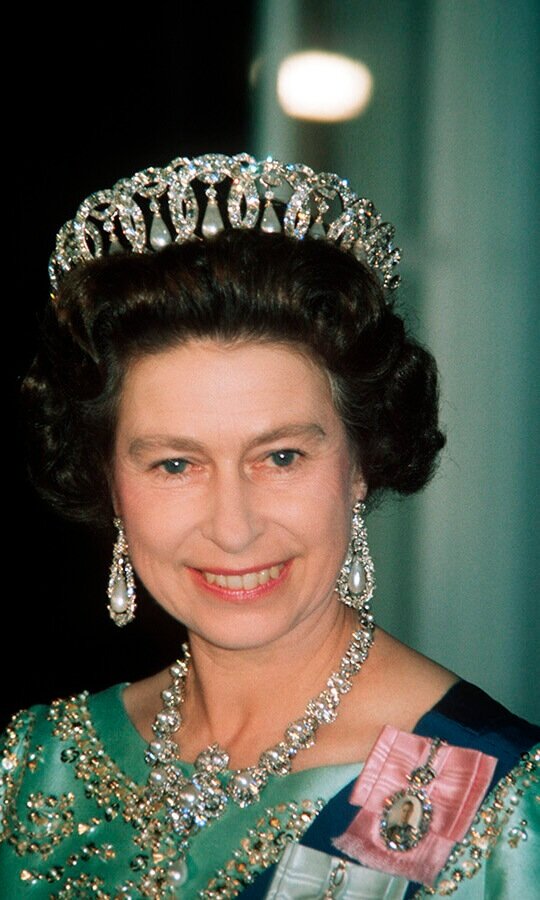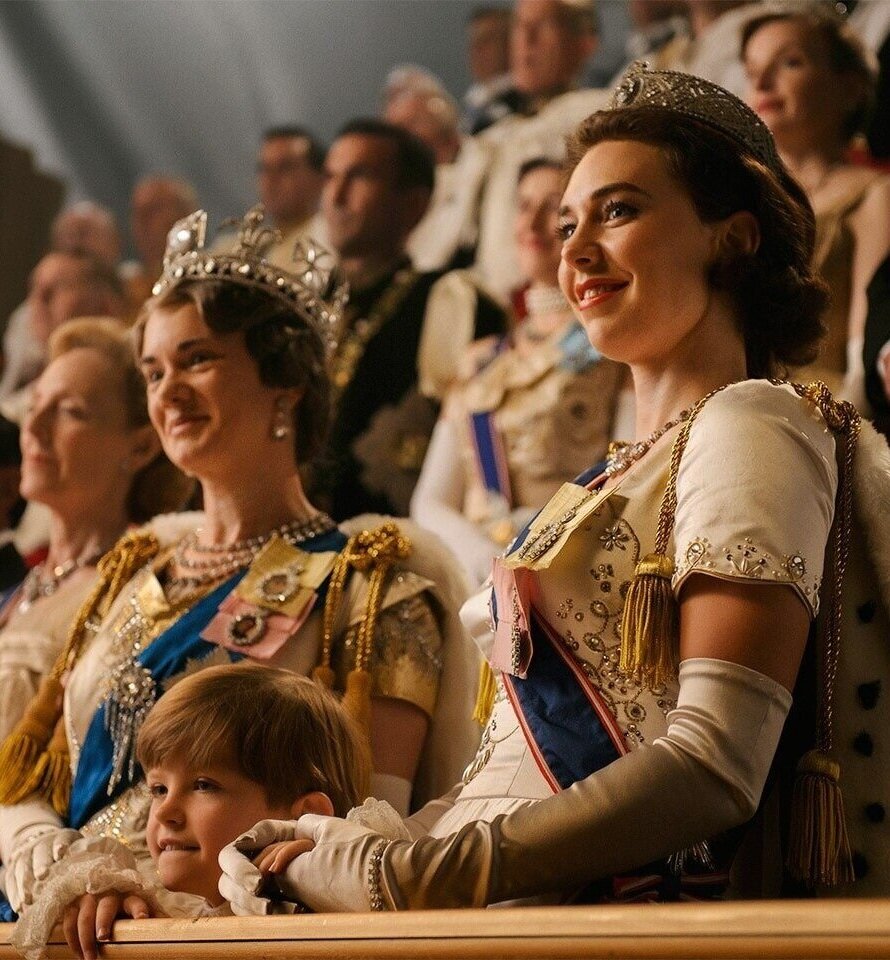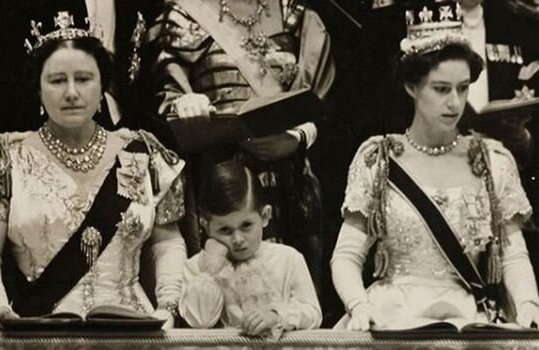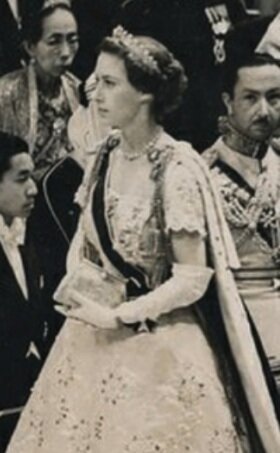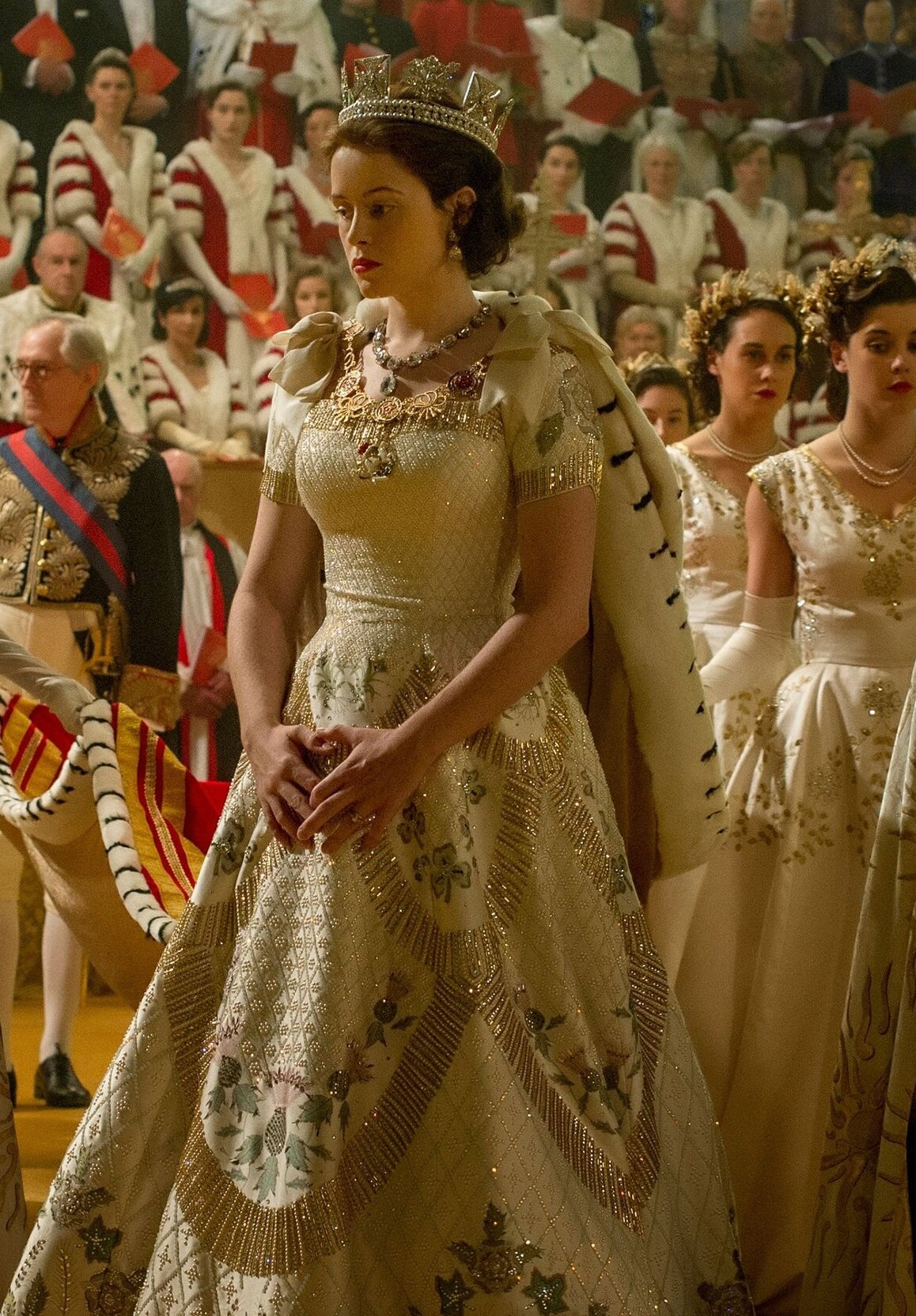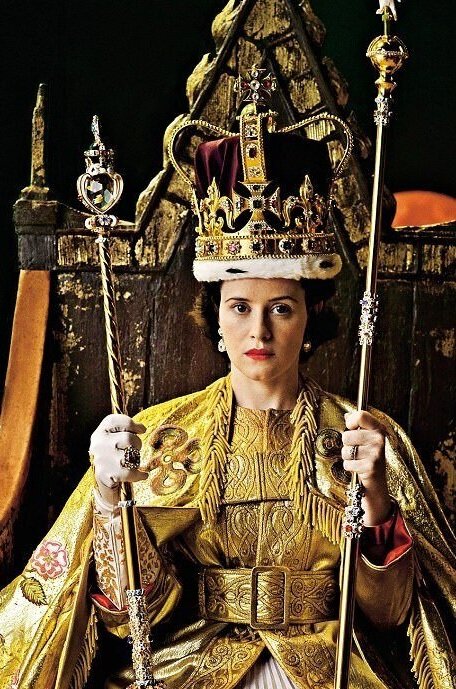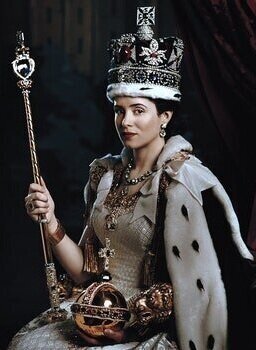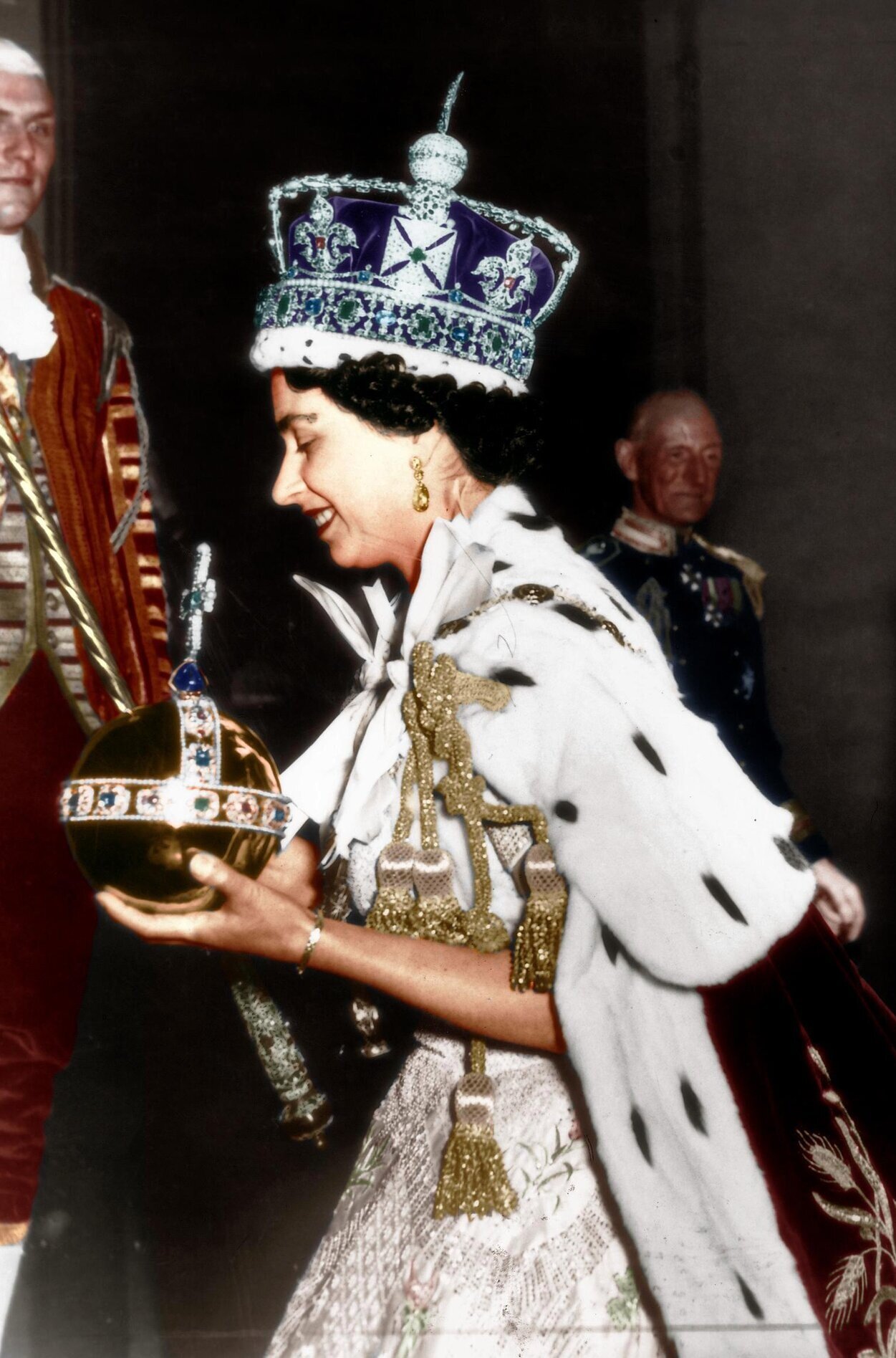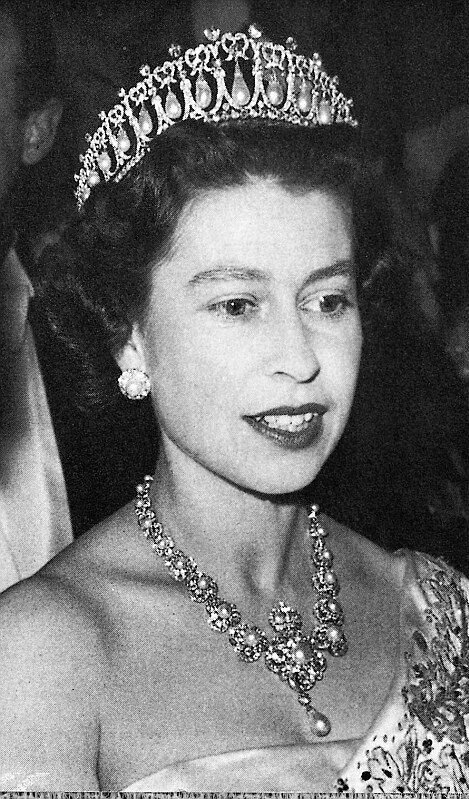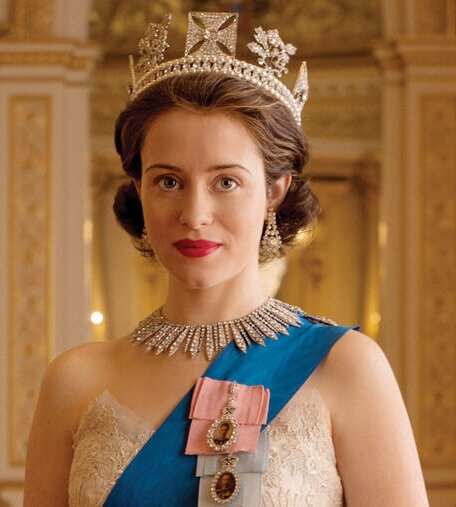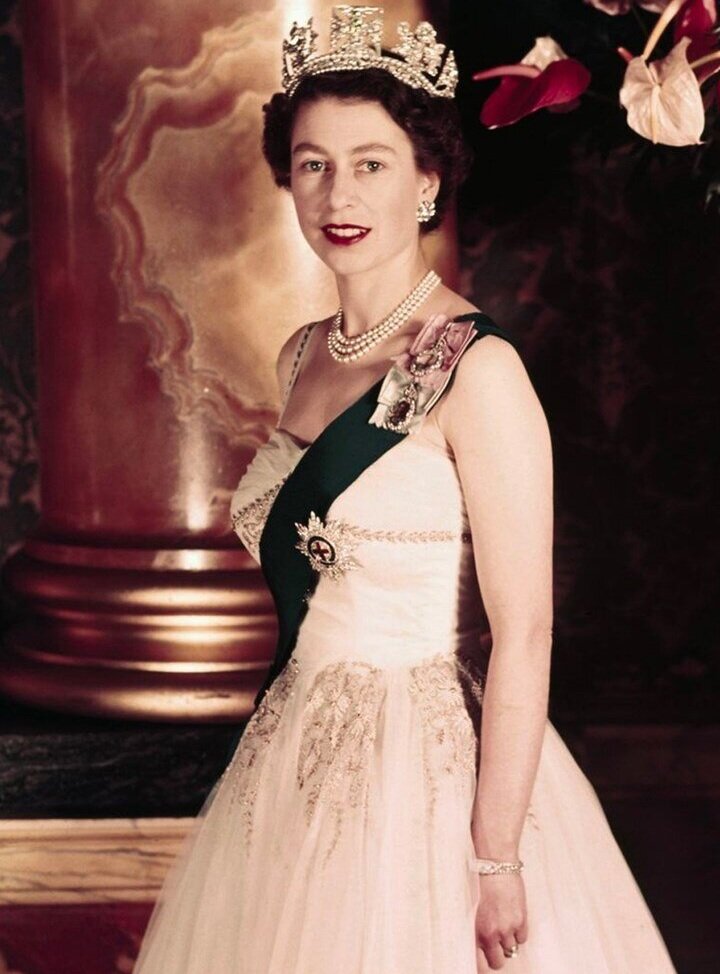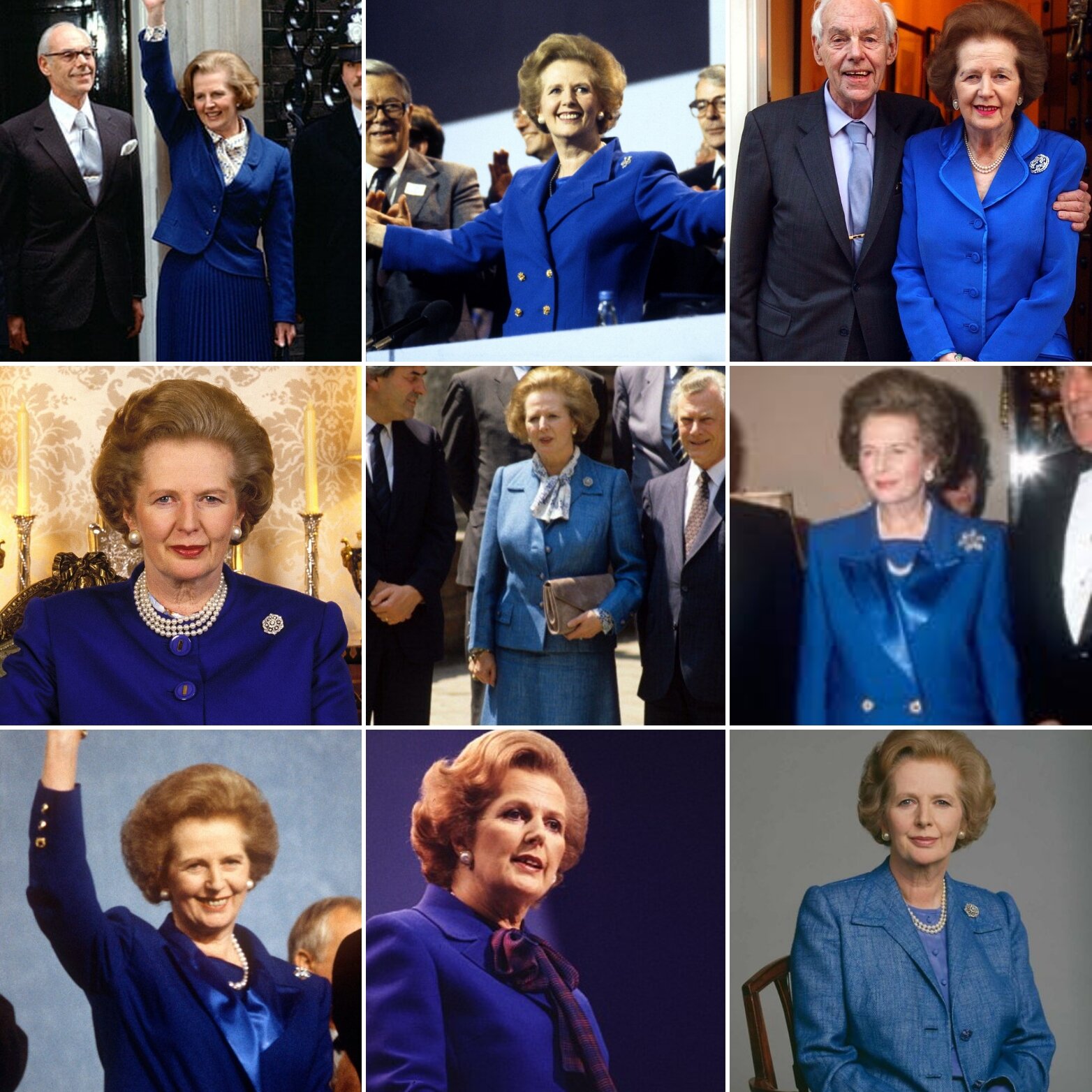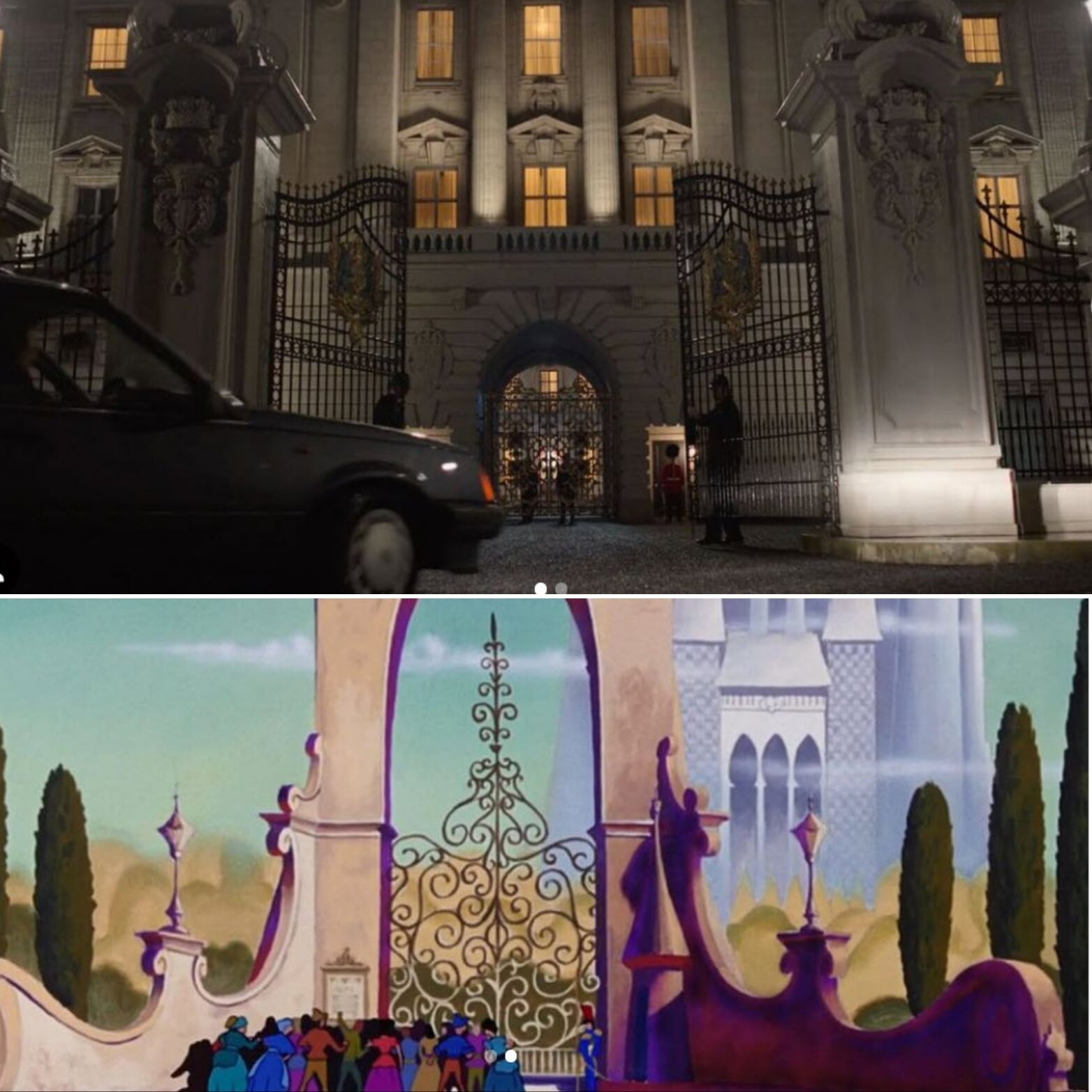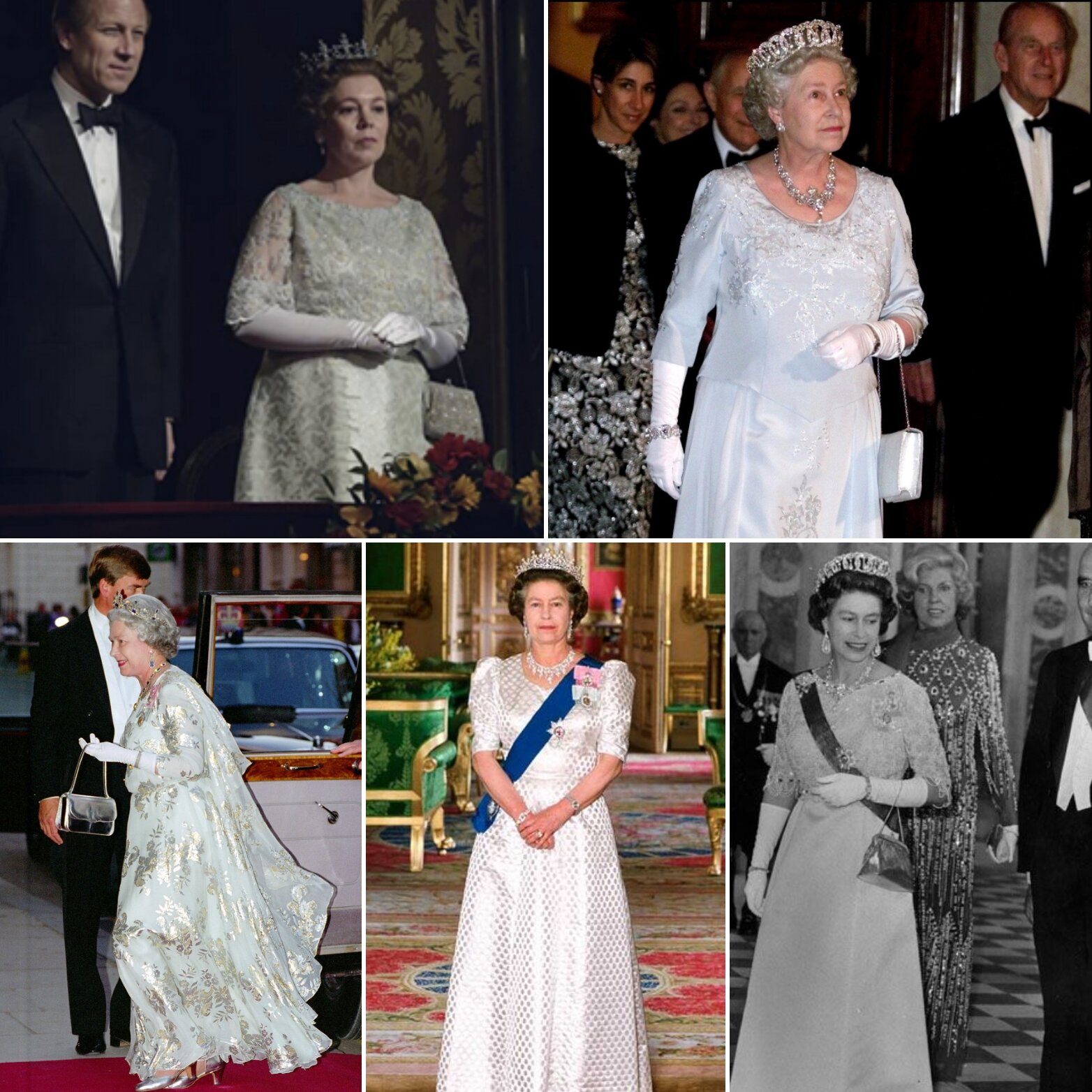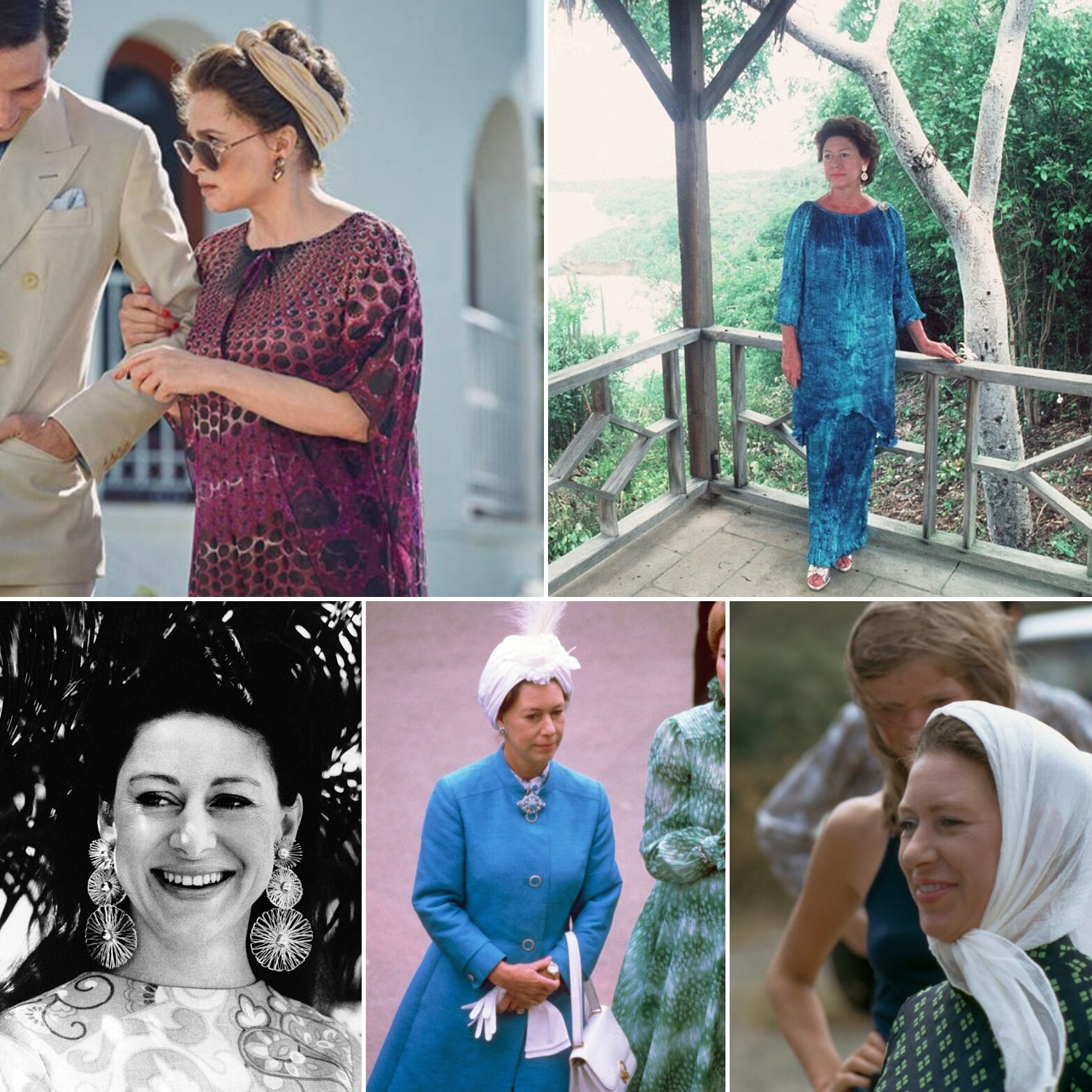Anne is taken quietly to the Tower of London, at what looks like dusk. In real life, she was taken there in the late afternoon, and the news of her arrest had spread enough that there were large crowd on the riverbanks watching her arrive there. They also set off a cannon when she arrived.
At the Tower, she meets the constable of the tower and is taken to her chambers without much conversation. In real life, she met the constable’s deputy, not Kingston himself. In addition, some records indicate that Anne may have suffered a bit of a nervous breakdown upon her arrival at the Tower (as ANYONE would, honestly), and fell down on her knees to pray. When the councillors left her at the tower, she spoke to them and asked if they would beseech the king to be good to her.
In the show, Anne’s rooms in the Tower of London are small and rather simple, though well furnished and certainly nicer than any prison we’d think of today. In reality, Anne was imprisoned in the same Queen’s apartment that had been built for her coronation only a few years prior. These were very large apartments. The Queen’s great watching chamber alone was 70 foot by 30 foot! The apartments also had a presence chamber, a privy chamber, a closet/oratory, a bedchamber, and another large chamber which may have served as a dining room. The rooms in the episode have bars on the windows; I’m honestly not sure if Anne’s room had barred windows or not in real life. Yes, it was a really fancy, newly refurbished royal apartment, but at the same time, the Tower of London was a fortress and a prison. So it’s hard to tell.
As Anne enters her cell, she states, ainsi sera, groigne qui groigne’, ‘grumble all you like, this is how it’s going to be.” This is…an odd choice.
Anne adopted this defiant statement as her motto in 1530, when people were highly anti-Anne and pro-Catherine of Aragon, and had it embroidered on her servants’ livery coats at the time. However, the new liveries and the new motto were laid aside in only a few weeks. The Spanish version of the story (courtesy of gossip monger Eustace Chapuys) has it that that Anne chose the motto because she had heard it in France and stopped using it once she realized it was actually an imperialist Burgundian motto, but since Anne spent several years abroad in the court of Margaret of Austria and in France, it seems odd that she would not have known this initially. I think it’s more likely that she realized the defiant motto was just causing more tension and was more trouble than it’s worth.
So contextually, it just…doesn’t quite make sense in this scene? Perhaps they were intending to say something along the lines of “que sera sera” (whatever will be will be).
Anne’s red dress at the start of the episode may have two different meanings. This could refer both to her scandalous reputation and also to her post-death reinvention as a Christian martyr in the reign of Elizabeth I (the color red traditionally represents martyrs in protestant faiths).
Lady Anne Shelton is told to keep a full report on everything Anne does. Constable of the Tower William Kingston’s letters identify five women that were with Anne during her imprisonment: his own wife Mary Scrope, Margaret Dymoke Coffin (married to the Queen’s Master of the House) the Queen’s aunt Anne Shelton, and another of Anne’s aunts, Elizabeth Boleyn. Anne had two domestic servants, two menservants, and a boy to serve her as well.
Some records indicate that those serving Anne were all forbidden to speak with her unless Lady Kingston was present, indicating that she was really the ringleader reporting back to the Constable and Cromwell, not Lady Shelton, as shown in this show.
In one of her letters from the Tower, Anne stated that it was unkind for the king to put women about her that she never loved and she would have preferred ladies of her own privy chamber. It’s unclear whether it was some of these women or others that actually went with Anne to the scaffold for her execution. Madge Shelton shows up later in the episode and is with Anne at the time of her death, but there’s no actual indication that she was there in real life. There were some women with her at the scaffold that Anne seemed to actually care for, but we don’t know their actual identities.
Throughout the episode, Anne’s first priority is her daughter Elizabeth. She dreams about her daughter crying, she asks whether Elizabeth is safe multiple times, refuses to eat until she knows that her daughter is well (I don’t think there’s any evidence that Anne actually did this, by the way), and worries about her daughter’s birthright if she signs the annulment papers. As I said in an earlier blog post, this lines up with actual records – Anne truly was a very doting mother by Tudor standards. This also aligns with Jodie Turner-Smith’s statements in interviews in which she said she identified with Anne as a mother.
Anne is told that Elizabeth was taken back to Hatfield, where Elizabeth spent some of her early childhood. Elizabeth was moved between several palaces throughout her life, however, as the royal households never really stayed put very long in Tudor times.
Anne is seen reading the Bible and praying. She specifically reads: “For thou art my defender and helper, and has preserved my body from destruction, and from the snare of the slanderous tongue, and from the lips that forge lies, and has been mine helper against mine adversaries:” Ecclesiasticus 51:2. (i know it sounds like Ecclesiastes, but it’s different).
In the show, the Constable tries to dine with her and Anne refuses to eat. She asks him to tell Cromwell that she won’t touch food until she has news of Elizabeth.
In real life, we know from Kingston’s letters to Cromwell that Anne did take her meals with Kingston regularly, and apparently made a very good impression on him. Much of what we know about Anne’s last days come from these letters. His letters revealed that Anne asked for holy communion, worried over the men who had been arrested with her, became agitated over the possibilities of their deaths and her own (even from early on in her imprisonment), and also worried a great deal about the effect her arrest was having on her mother. She also repeatedly told the constable that she was innocent and that there was no reason she should not be able to take the sacrament. There apparently were…some muttered ramblings as well, honestly, because of stress and fear. This does show up a bit later in the show, when she starts muttering about dead man’s shoes and wanting to see Henry.
Thus, overall, she talked a lot more and was much less …stoic than she is portrayed in the show. I love that she’s shown with so much dignity in the show, but historically, she was much less composed. She was completely terrified, and it showed in her conversations with others, which were rather manic at times.
We see Anne starting to write a letter and than pause when she hears someone come in. We do have a letter that supposedly was written by Anne Boleyn to Henry while she was in the tower, but its authenticity is questioned. You can read more about that letter here.
In Anne’s conversation with Cromwell, he reveals that five men were arrested along with her. The men arrested for adultery with Anne were Sir Henry Norris, Sir William Brereton, Sir Francis Weston, Mark Smeaton, and Anne’s own brother George Boleyn, Lord Rochford. The show doesn’t mention this, but two other men – Sir Thomas Wyatt and Sir Richard Page – were also accused of adultery with Anne but were later released.
Anne straight up suggests that Cromwell tortured Mark Smeaton to get his confession. This really did happen. Records indicate that Smeaton was the only one who was tortured.
In her meeting with Cromwell, Anne ends up losing her temper at Cromwell (as frankly, anyone would). Kingston grabs her and pins her down to restrain her and calm her down. I have never heard of this happening and do not think it at all possible. Everything I’ve read indicates that Kingston actually came to regard Anne Boleyn with respect and would not have grabbed her or restrained her physically.
In the show, Madge Shelton came to the tower to be with Anne and comfort her friend. I so wish this were true and that Anne had a close friend with her in her last days, but I don’t believe it is. There are lots of traditions that a few of her friends were with her on the scaffold, but we don’t have any evidence as to their identities beyond “four young ladies” (more on that later!).
When Kingston tells Anne her trial date, Madge instantly suggests they prepare. Anne correctly notes that she cannot have counsel in a trial for treason. In accordance with legal practice of the time, Anne also was not allowed to question any of the witnesses, summon witnesses to speak for her, or give evidence on her own behalf. [On several occasions I’ve thought about making a blog post about various Tudor incidents that demonstrate the essential lack of human rights that we now have in most countries in modern times, and this would be pretty high on the list]
Madge suggests they prepare for the trial, but Anne says no and that God will guide her speech when the time comes. Thus, this show again highlights Anne’s faith.
At one point, Anne slices a pomegranate in half. Catherine of Aragon’s badge included the pomegranate. This perhaps is a symbol of how Anne supplanted Catherine of Aragon, alluding to the current situation where Anne is supplanted by Jane Seymour. Red juice runs down Anne’s hand in a clear reference to blood.
Timeline Note: Most of the accused men were tried on May 12. All of them pled not guilty but Mark Smeaton. The jury pronounced them all guilty and sentenced them to be drawn, hung, and quartered. The finding of their guilt pretty much sealed Anne’s fate; Henry VIII seemed to agree and actually ordered her household to be broken up and dissolved on May 13. Anne and her brother George were tried on May 15, due to their status as nobles. All the men were executed on May 17 and Anne was executed on May 19.
Madge helps Anne put on a black dress and hood for the trial. In real life, Anne wore a black velvet gown over a petticoat (like an underskirt) of scarlet damask, with a small cap that had a black and white feather. She was attended at the trial by a few of the ladies staying with her in the trial (and perhaps a few maids of honor from her household, but we don’t know for sure).
Anne’s uncle, the Duke of Norfolk, really did preside over Anne’s and George’s trial in his role as Lord High Steward. The jury was made up of 26 peers of various ranks (of the 62 peers in the land). The jury may have actually included Anne’s father, the Earl of Wiltshire, but the records on that are pretty unclear (some people said he was there as a judge, but his name wasn’t on the official record).
In the show, the trial appears to take place in a hall with spectators, but not an overly large one. In real life, they held the trial in the King’s Hall in The Tower of London, which was 80 feet by 50 feet. They actually built platforms and put in benches to accommodate the many spectators they expected to come watch the trial. Ambassador Eustace Chapuys claimed there were 2,000 spectators at the trial.
In the episode, Anne stands during the trial. Common prisoners really did stand up to hear their charges read at Tudor trials, but since Anne was the Queen of England, she was given a chair to sit in for the whole time.
Cromwell gives a few particular dates of alleged acts of adultery and incest. The historical trial was based on indictments handed down by two grand juries, one based in Middlesex (intended to address “unlawful acts” that had taken place in Middlesex, at Hampton Court Palace and at Whitehall) and one in Kent (intended to cover unlawful acts that had taken place in Kent, namely, at Greenwich Palace, East Greenwich, and Eltham Palace). Some of the dates align with those in one or both of the indictments; some do not.
Anne defends herself against one charge by noting that she was not in the place stated at that time, as she was in Greenwich recovering from the birth of Elizabeth.
The gross line about Anne and George having their tongues in each other’s mouths is almost verbatim from the Middlesex Indictment.
The charges and evidence against Anne Boleyn were honestly ludicrous and the vast majority of them are easily disproven by records. And people even knew that at the time! Imperial Ambassador Eustace Chapuys hated Anne with the fire of a thousand suns, but even he said that there was no valid proof or confession against her.
As Alison Weir said in The Lady in The Tower, “Close scrutiny of the facts suggests that thirteen out of the twenty-one charges were impossible, and that if, four and a half centuries later it can be established that only eight were even plausible—which in itself suggests that even these were not genuine offenses—then the case against Anne is shaky indeed. Furthermore, allegations that a number of unspecified offenses had been committed ‘on diverse days before and after’ the stated dates on which the crimes had purportedly been committed would be difficult to disprove, and Cromwell was doubtless aware of this; it was a catchall guarantee…In no fewer than twelve instances, either Anne or her alleged accomplice can be shown not to have been in the specified location.”
Weir also pointed out that on all but one of the dates cited, Anne was pregnant. At the time, sex during pregnancy was super scandalous. People believed sex while pregnant threatened the health of the unborn child.
Some of the alleged dates of adultery also occurred very soon after Anne gave birth; she likely was not physically up for sex at that time, and would still have been secluded with her ladies. There was also a very strong taboo against having sex after a woman gave birth but before she was churched.
It appears that detailed records of the trial were taken at the time, but those records were lost or destroyed. We don’t have actual trial records, witness statements, or interrogation statements. The show’s portrayal of Anne being very dignified and composed during the trial is accurate. Records indicate that she defended herself very well, with clear logic.
Lady Rochford and the Countess of Worcester testify against Anne at the trial in the episode. It’s a little unclear whether there were live witnesses at the trial in real life. Ambassador Chapuys claimed there were no witnesses against her, even though that was standard practice. Statements may have been read instead.
It’s been accepted for a long time that Jane Parker, Lady Rochford (George Boleyn’s wife) was a witness against Anne Boleyn, but I don’t believe we have any contemporary evidence proving this. The records stating that she testified against him dated from years later (although they were based on extensive research and witness testimonies, so they can’t be completely dismissed either).
The evidence against Anne regarding George is super paltry. It was pretty fashionable at the time to kiss women on the mouth as a greeting; this wasn’t unusual.
We don’t know exactly what Elizabeth Browne, Lady Worcester, said about Anne, but various letters do seem to indicate that she did give evidence against her. Honestly, there are a lot of letters back and forth referring to Lady Worcester and it seems like perhaps she just said something false about Anne’s morality just to distract attention from her own behavior (her brother was chiding her at the time) and it may have just gotten…really really out of control.
I don’t believe we actually know exactly what Anne said at the trial, but people reported that she spoke very well and defended herself with logic and dignity. She likely did not make any comments about her own personal ambition, as that is much more of a modern feminist spin, but the line about being loyal and faithful to her husband and God being her judge sounds much more accurate.
In the show, the verdict is determined and given to the Duke of Norfolk in a piece of paper. I believe in real life, each juror had to individually give their verdict out loud. Every peer sitting in judgment of her gave their verdict as guilty, probably out of intense fear of the king.
I definitely thought the bit where Norfolk said her crown and titles were removed forthwith was made up, but actually, it’s more true than I realized! Records indicated that Anne was asked to resign her crown; she likely wasn’t wearing it at the time, but it may have been placed ceremonially nearby for this purpose. Anne resigned the crown, and then agreed to the removal of all her titles.
In real life, apparently the Duke of Norfolk actually did cry when he read the death sentence for his niece Anne, although it’s unclear whether this was due to grief for her or his family or shame (they had been on bad terms for months before the trial).
Various records indicate that Anne may have spoken after her sentence was given. There are different accounts, but the gist is that she was ready to die personally but was saddened that the innocent men accused with her would also die. She also stated that she suspected there were other reasons she had been convicted, as she had always been faithful to the king.
They didn’t show anything of George’s trial in the show, but in real life, he was tried immediately after Anne, in the same room.
Cranmer did go to see Anne in the tower in order to get her consent to dissolve the marriage. We know from Kingston’s letters to Cromwell that after her meeting with Cranmer, Anne said she might be able to go to a nunnery and that she was in “hope of life.”
In the show, Cranmer says god could not accept her into paradise if she chose death – oh ffs. I don’t think that’s how that works in the theology of the time! I would need to consult with a pastor to know for sure though.
Cranmer was actually a really amazing guy and extremely forward thinking for his time; there are letters indicating that he really did not believe Anne was guilty and may have at least thought about begging Henry to have mercy on her, even if he didn’t actually quite get all the way there. I don’t love this portrayal of him, as his character seems to believe Anne is guilty, based on some of his comments about hell.
In the show, Kingston brings Anne out to have one last look at her brother before George is executed. This is sweet. I doubt it happened though. We’d never have any knowledge of it. People in the tower did occasionally get to see their loved ones with bribes and such.
All five of the men accused of sleeping with Anne had their sentences of being drawn, hung, and quartered commuted to beheading by the axe by Henry. It was pretty notable that he did this even for Mark Smeaton, a lowly musician. But like, he doesn’t get brownie points for killing these people in a slightly less gruesome way.
In the show, it’s noted that it took 3 strokes of the axe to kill George Boleyn. Unfortunately this is true. Executioners of the Tudor era were not known for being particularly skillful or fast in decapitating the condemned. This is one reason why it was considered merciful for Henry to send for the executioner of Calais, a famous sword executioner, to kill Anne Boleyn (note: he did not do this for his fifth wife, Catherine Howard, who was executed by the axe).
This is all from Anne’s POV, so we don’t see any of the actual executions of the men condemned with her. In real life, they were all executed one after another, in front of each other. The order went – George Boleyn, Lord Rochford; Henry Norris; Sir Francis Weston; William Brereton; and finally Mark Smeaton. It must have been terrifically bloody and terrible, particularly for those that had to watch their fellows die in front of them.
I sincerely doubt that Anne told off Cromwell as magnificently as she did in the show, but wouldn’t it be nice? My favorite line: “When people speak your name they will think of mine and the lengths you went to sully it. You will never be rid of me.” That’s arguably true! Although we’ll never know exactly who orchestrated Anne’s downfall (and I personally think some of the false evidence is too sloppy for Cromwell to have made up himself, when his other work shows a meticulous attention to detail), Cromwell has always been the chief suspect, and played a huge role regardless.
The show leaves out one of the real life horrors of Anne’s execution, namely, how her execution was actually delayed several times. Anne was all ready to die at 9 am on May 18. She had been praying for several hours before the scheduled time and took mass from Archbishop Cranmer at that time. At the time, she swore on the sacrament in front of Cranmer and Kingston that she had not been unfaithful to the king. [This is really compelling evidence of Anne’s innocence actually; people very seriously believed in God, heaven, and hell at the time, and Anne knew she was about to die. Lying, while swearing on the Sacrament, right before her death could danger her immortal soul, and Anne really wouldn’t have done that.]
When 9 am came and went, she asked Kingston whether she would be executed at noon; he deflected and did not tell her. After noon had passed, Kingston told her that her execution was delayed for a day. She would not be executed until around 8 am on March 19.
In the show, Anne asks her ladies to give her prayer book to her daughter Elizabeth, and wrote a little bit in it to her. Anne did have a prayer book that she wrote in, and may have brought to her execution. What she actually wrote in it was her signature and ‘Remember me when you do pray that hope doth lead from day to day’. It’s unclear exactly what happened to the prayer book after Anne’s execution, but it likely did not go to Elizabeth, as Henry VIII went on a “destroy everything that ever belonged to Anne” rampage and likely wouldn’t have allowed his daughter to keep anything of hers.
Some amazing new discoveries involving Anne’s prayer book have recently come to light and if you're not familiar with them, I highly suggest you go read about them over here!
In the show, Anne is accompanied to the scaffold by Madge Shelton and her mother Lady Shelton. In real life, eyewitness accounts say that Anne was attended by “four young ladies.” We do not know their identities, but this pretty conclusively rules out Lady Shelton and most of the other older women that were with her in the tower. Madge might have been one of them but there’s no evidence for it. It’s possible that Margaret Wyatt (sister of the poet Thomas Wyatt, who was arrested and then released) may have been there; there’s a tradition that Anne actually gave her a prayer book, but this is likely a rumor and not accurate. There are also stories that Anne’s niece Katherine Carey may have attended her, but a twelve year old child would almost certainly be considered far too young to serve Anne in the tower and on the scaffold.
Both in the show and the real life, the executioner did actually ask Anne for forgiveness and she gave it to him “willingly,” not quite “with all my heart” as in the show.
I will literally never forgive this series for not letting Jodie Turner-Smith give Anne Boleyn’s scaffold speech. Sure, we don’t know for SURE what Anne said, but we have a pretty good idea based on people’s various recollections. And Jodie would have KILLED that speech. Fun fact: Jodie Turner-Smith agreed! I tweeted about this and she responded “me too,” which just about made my life.
The epilogue mentions that Anne’s daughter Elizabeth had a locket ring with pictures of Elizabeth and Anne Boleyn. This refers to the Chequers Locket Ring and is….sort of true. The second portrait isn’t conclusively identified as Anne Boleyn, but like, probably.
The epilogue again is presented over a banner with Anne’s heraldic badge of a falcon on it and the stupid ainsi sera, groigne qui groigne slogan that she only used for a very brief time several years before her execution, but okay, fine. It’s a cool theme to come back to, and we know that she was attached to the slogan at one point.
I’m pretty positive this is an invented banner, as I couldn’t find anything like it when I did a quick google search. Let me know if you know differently.

